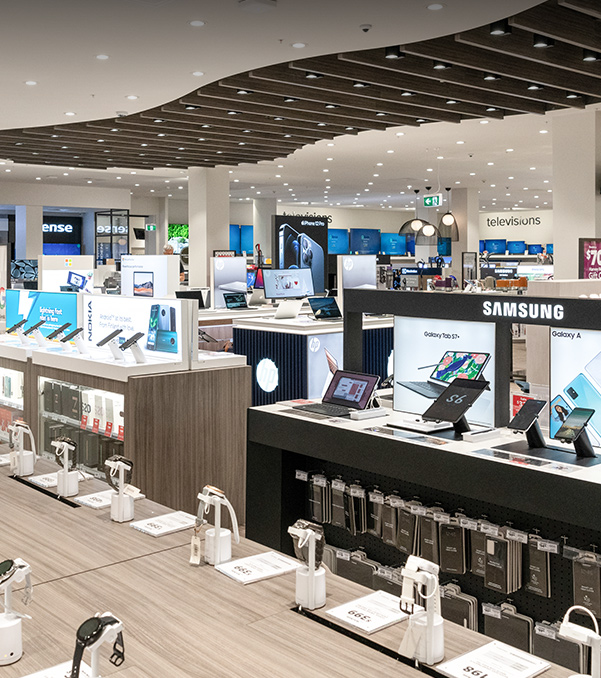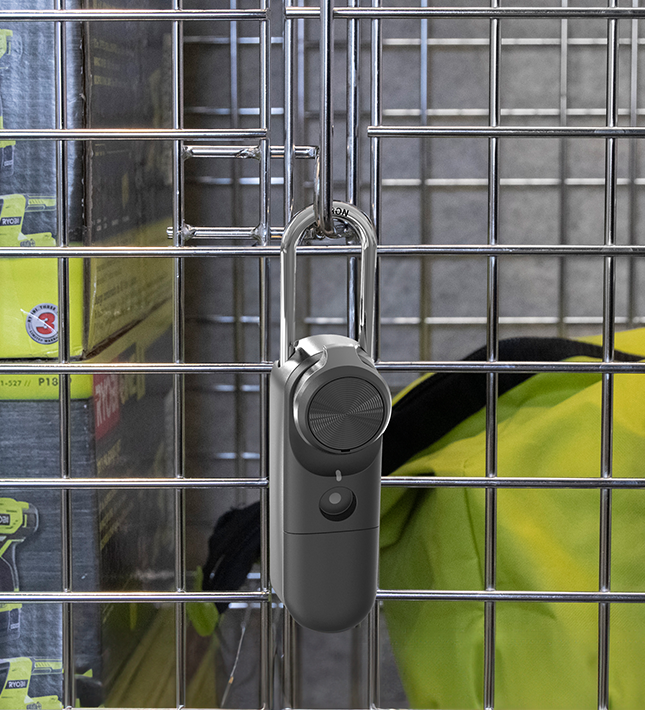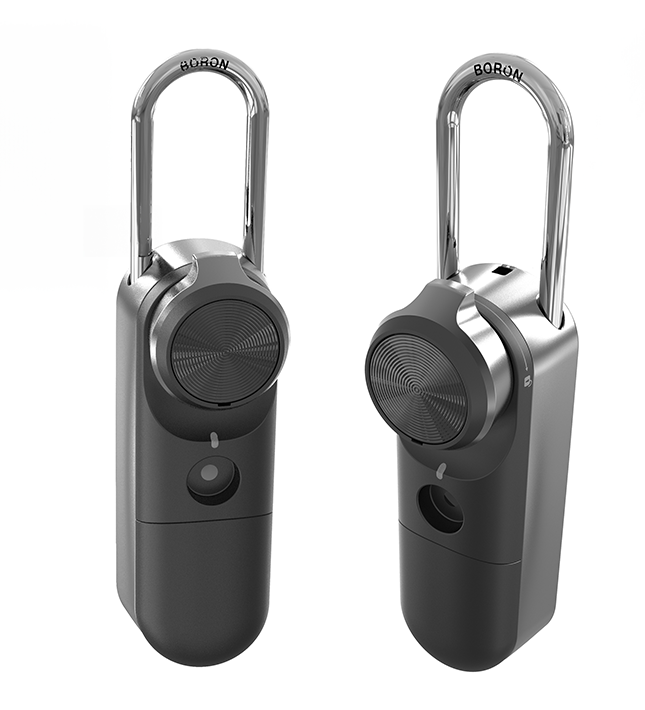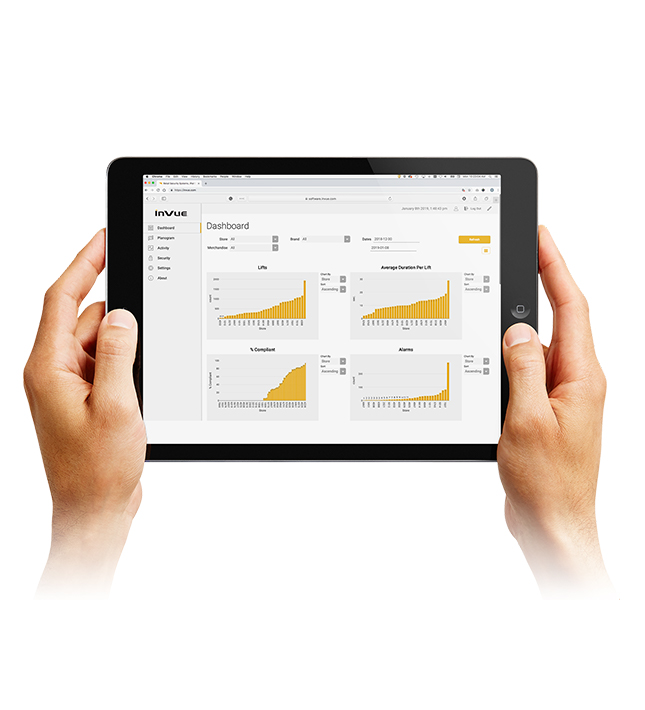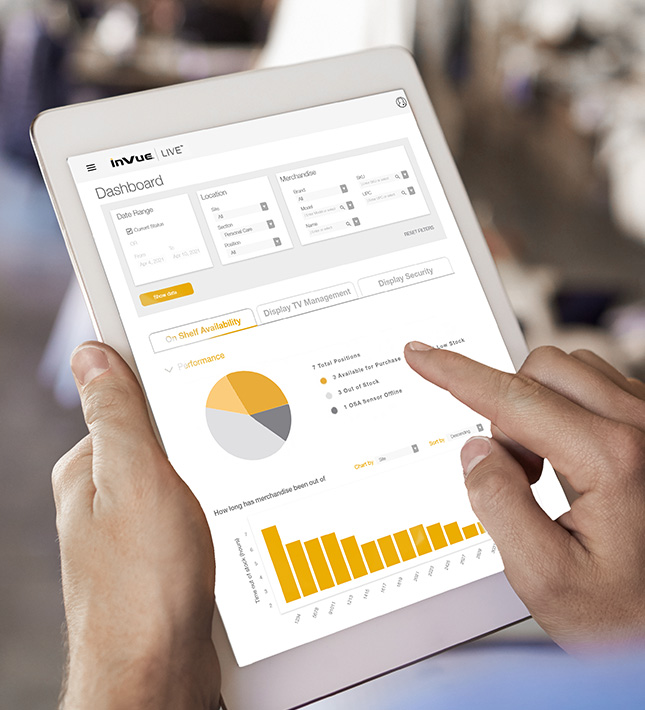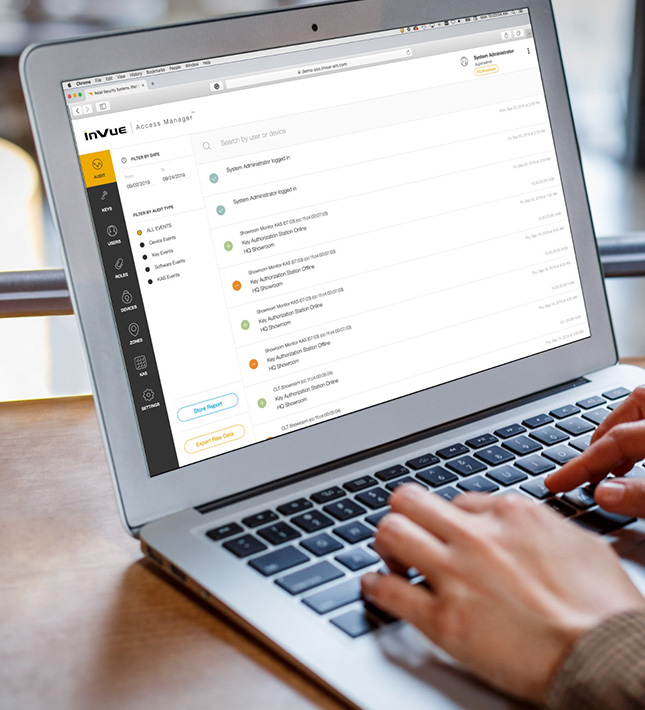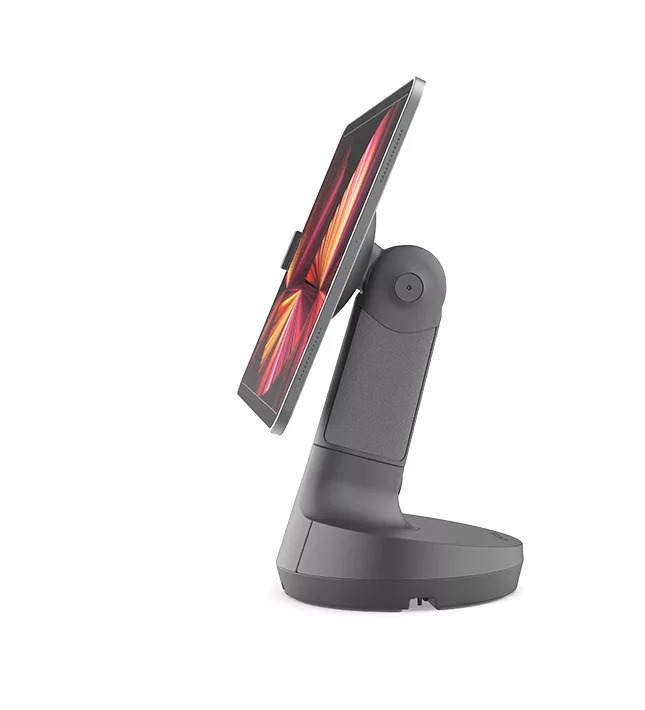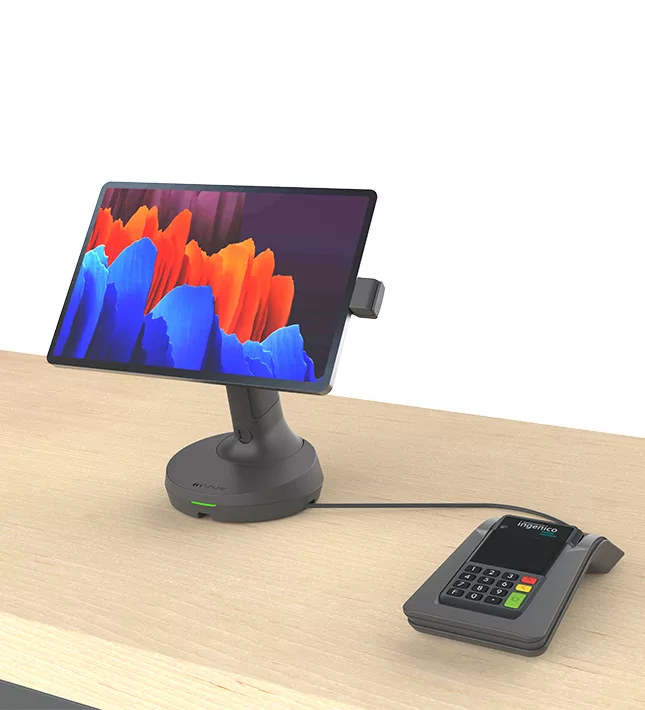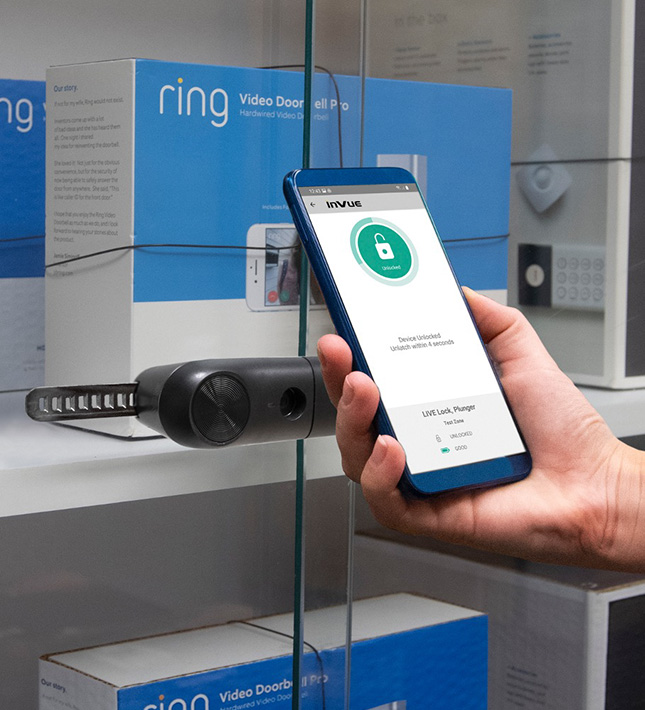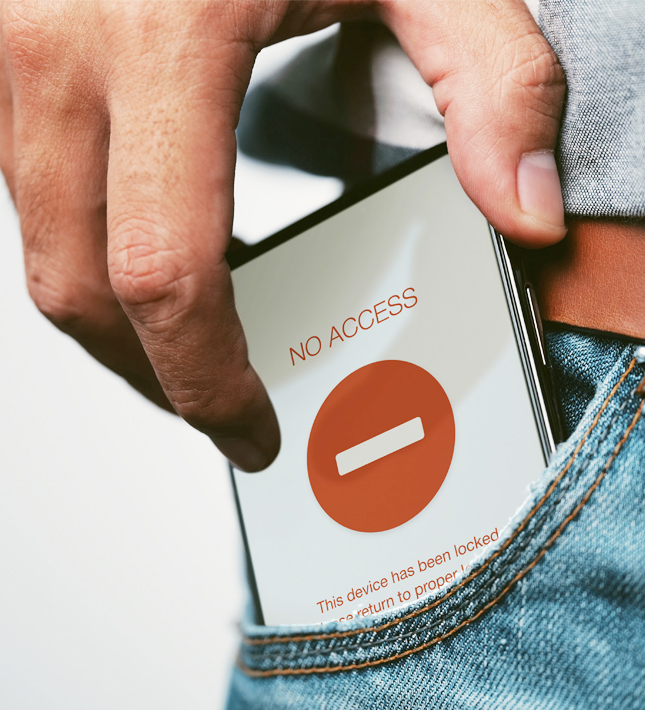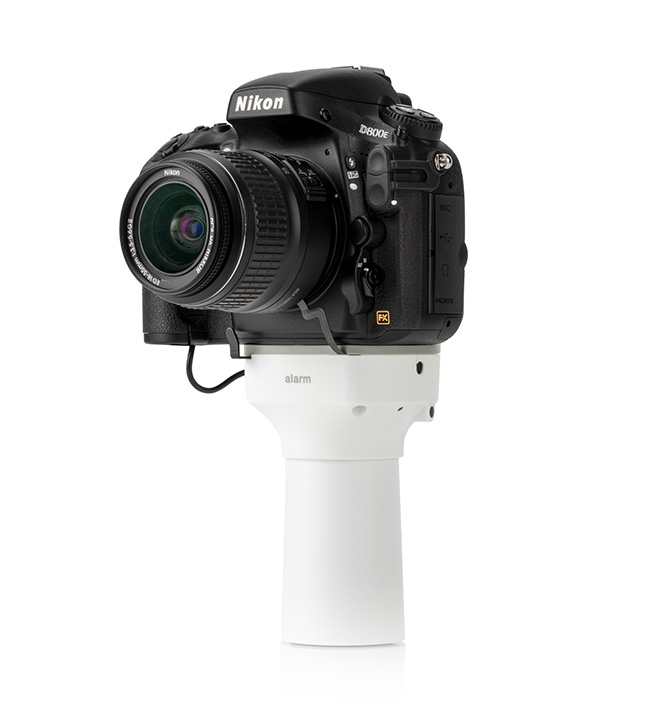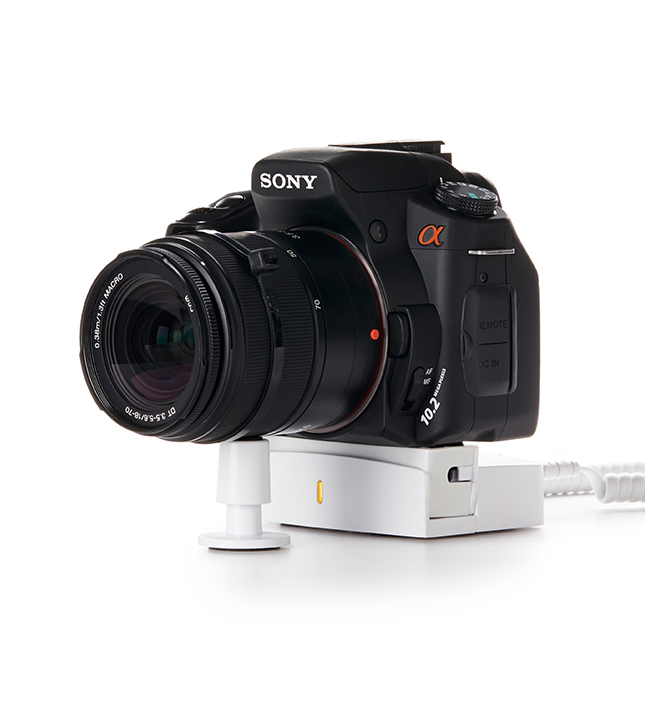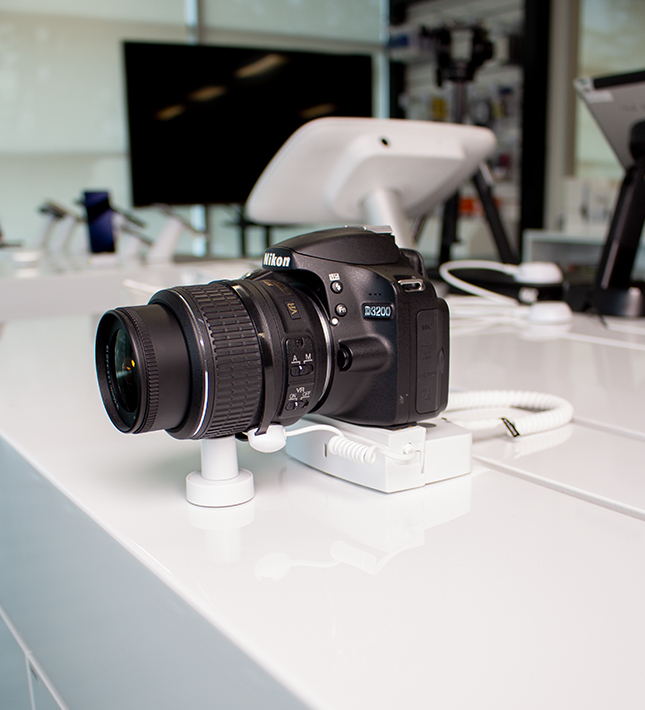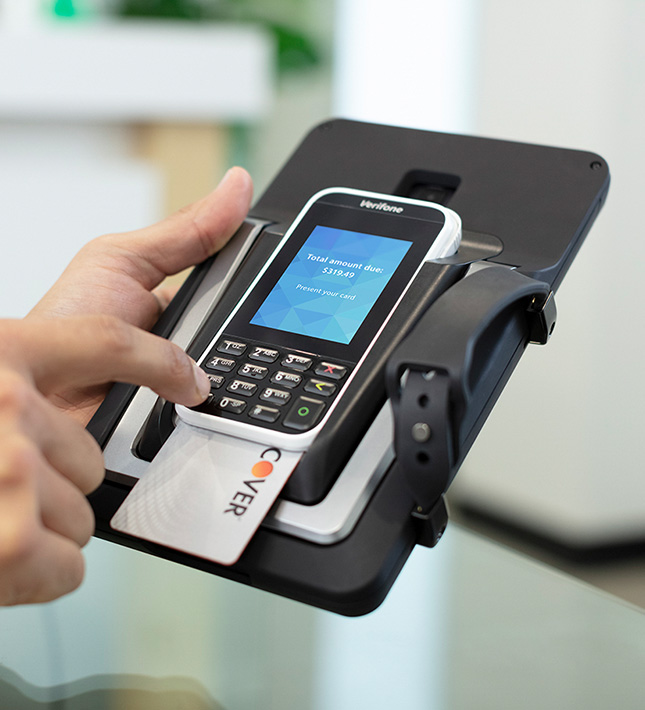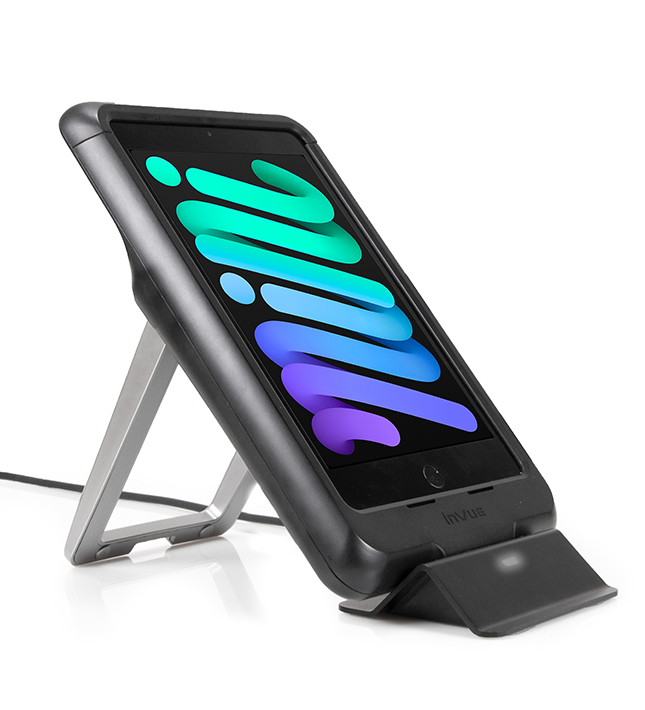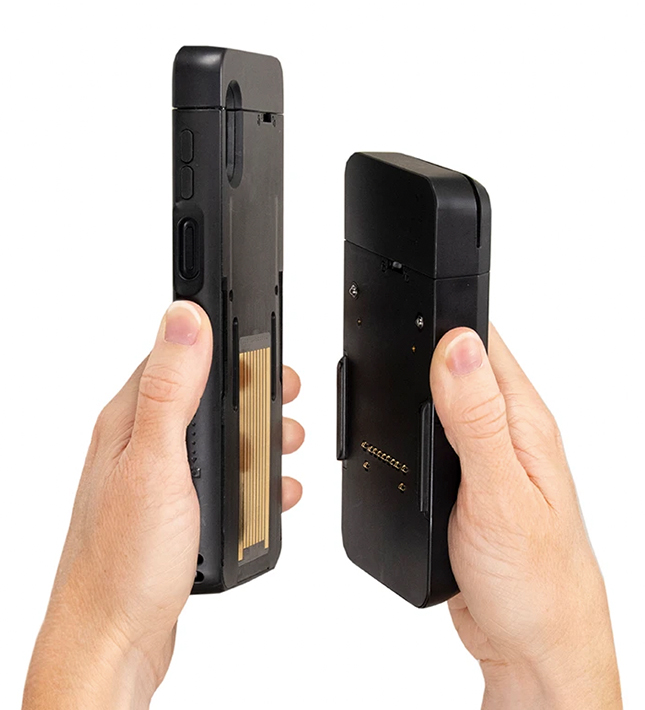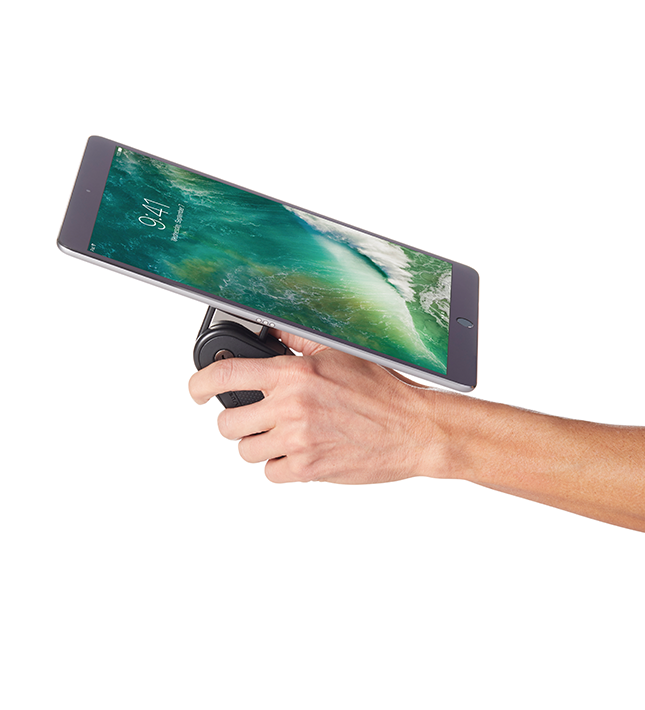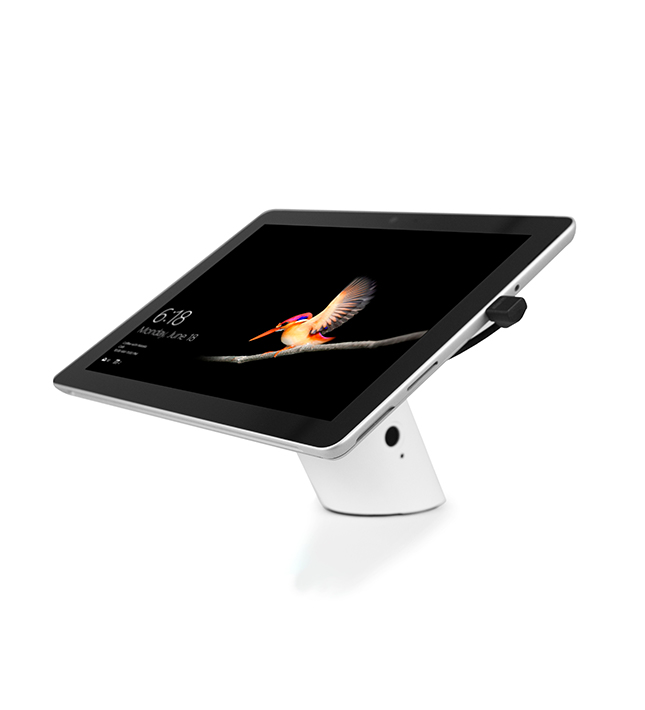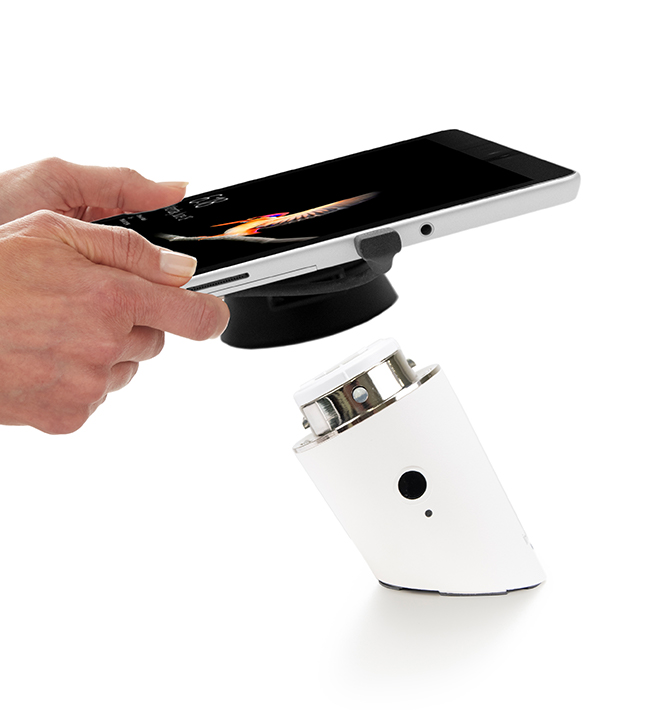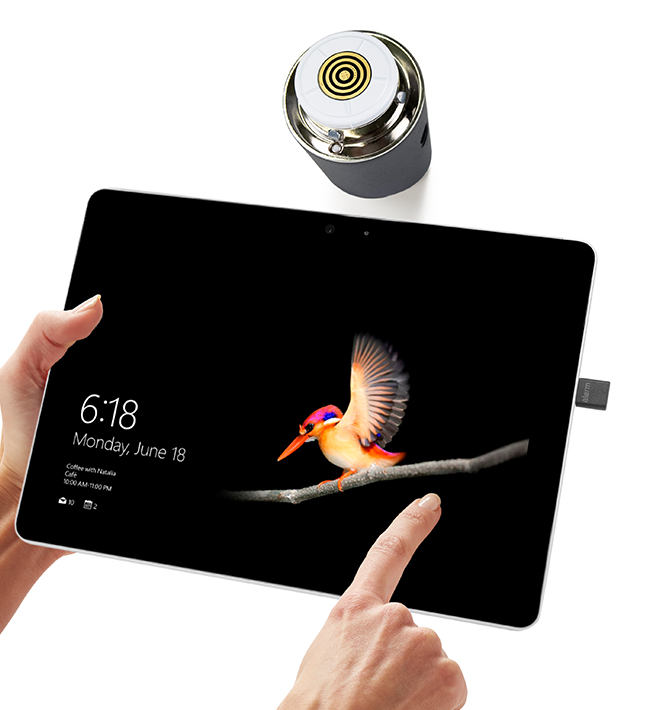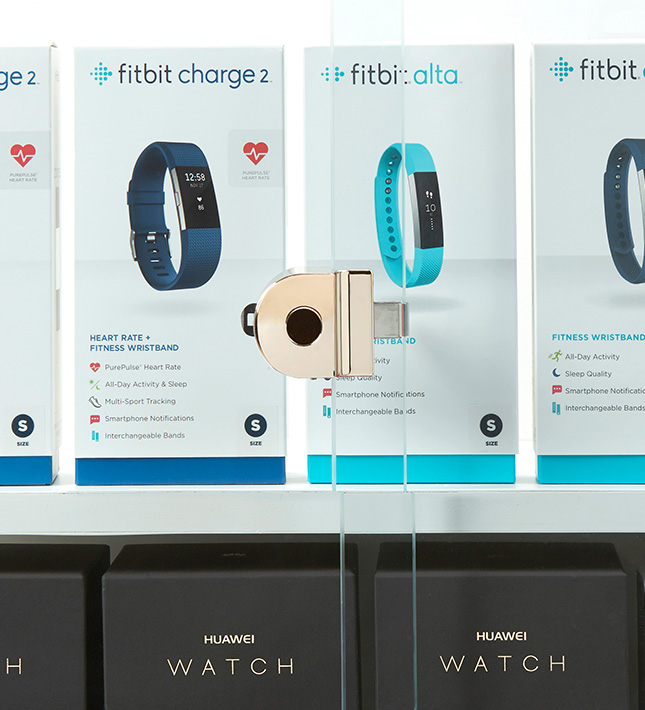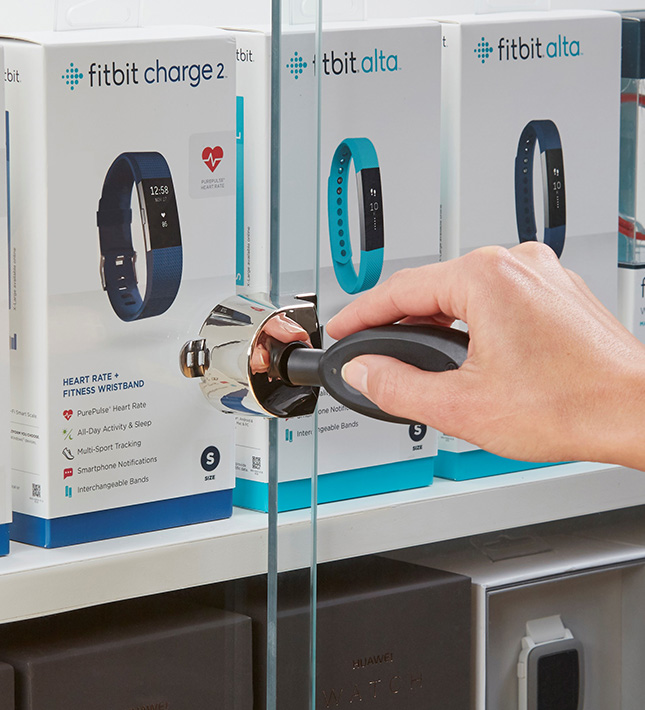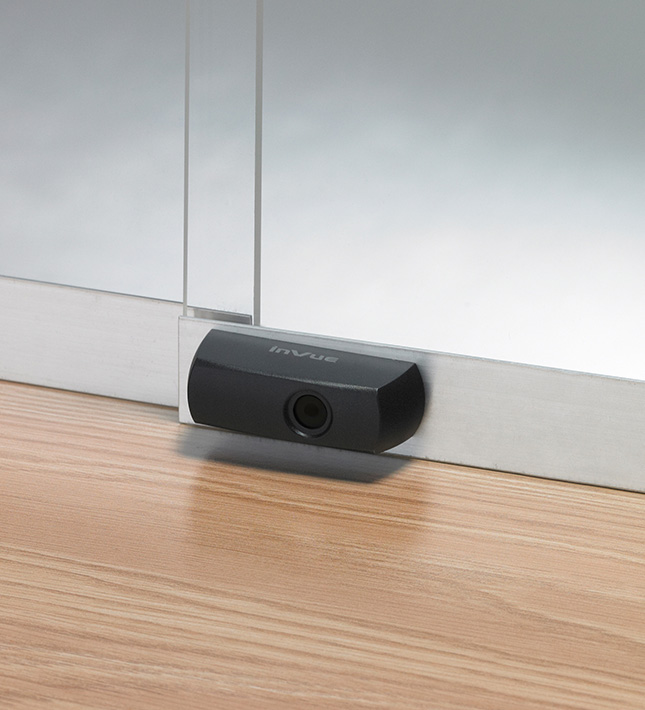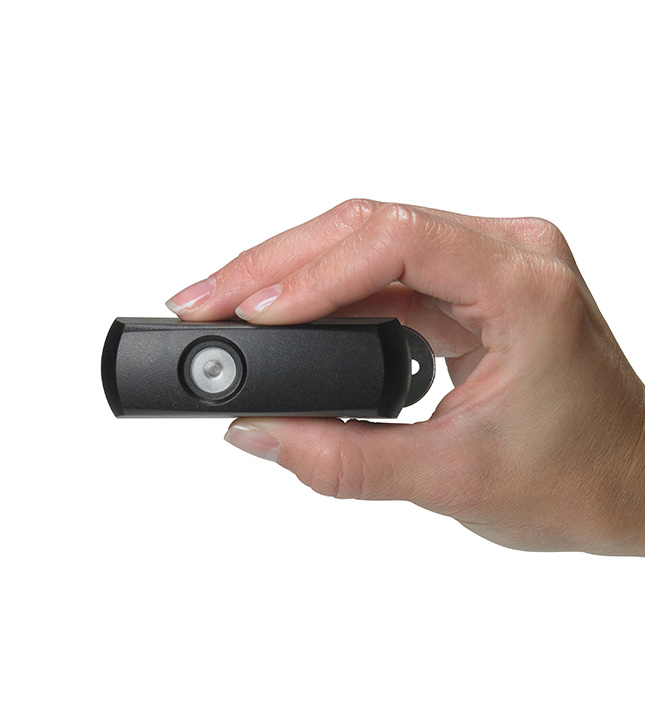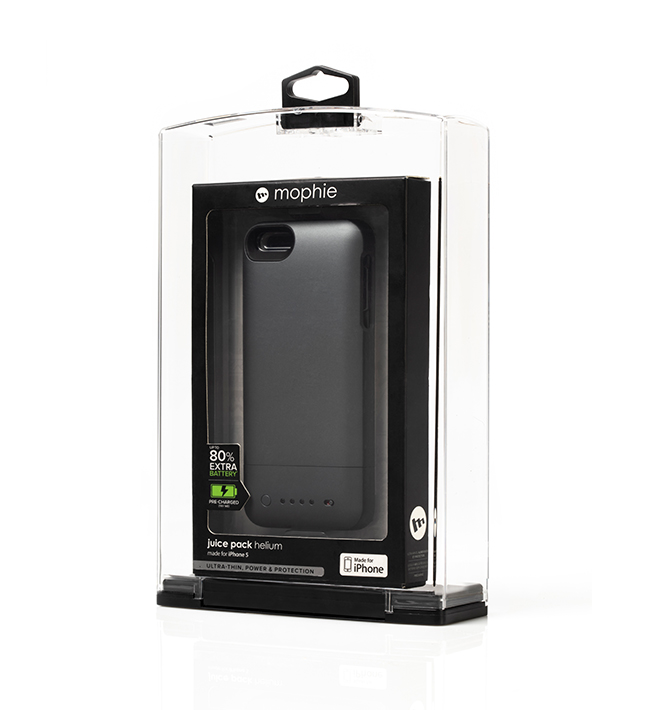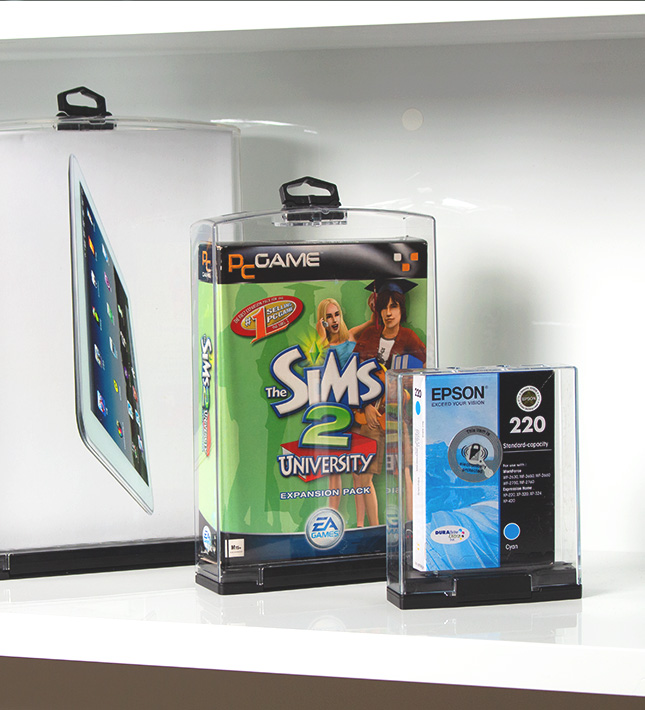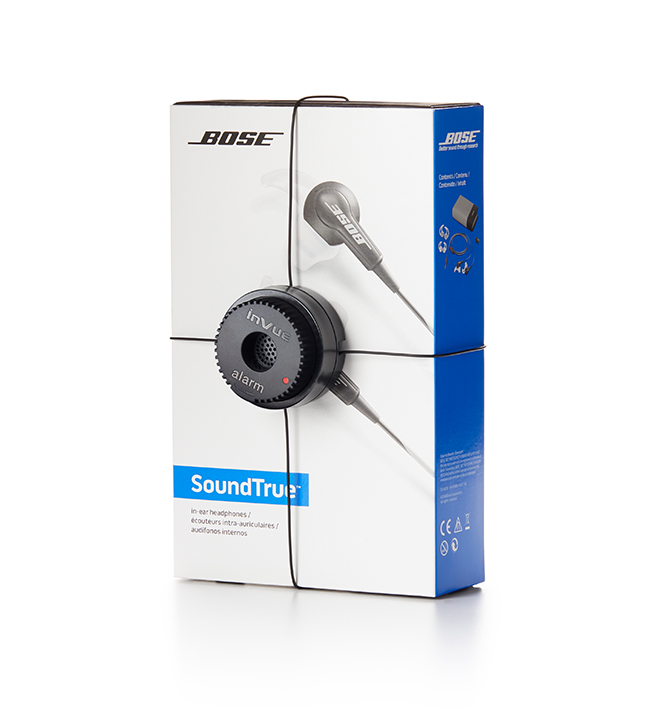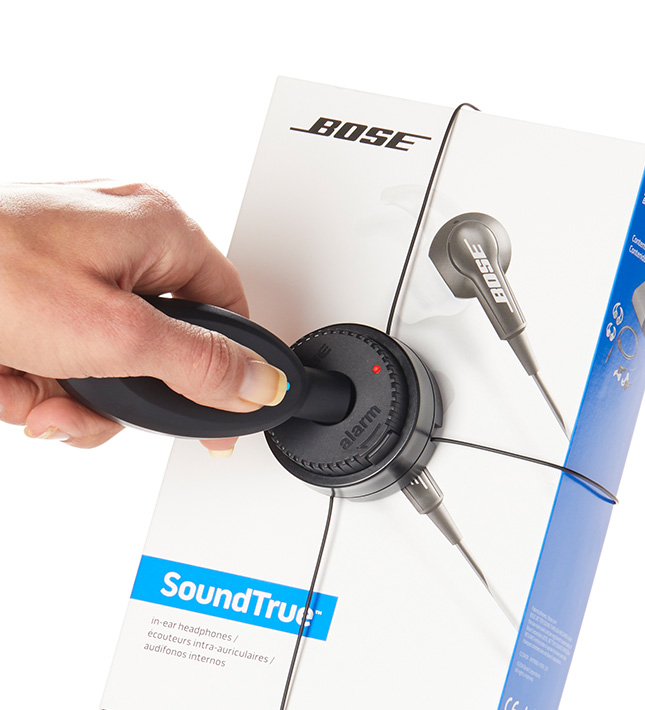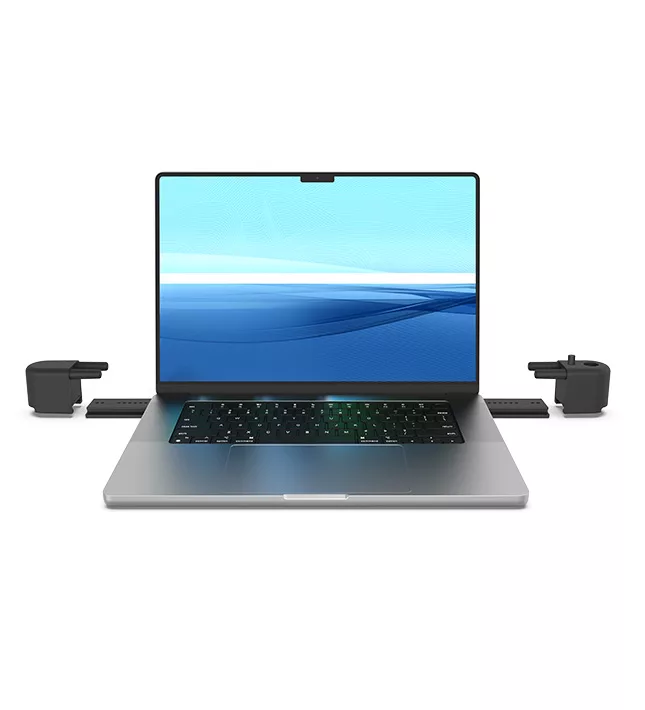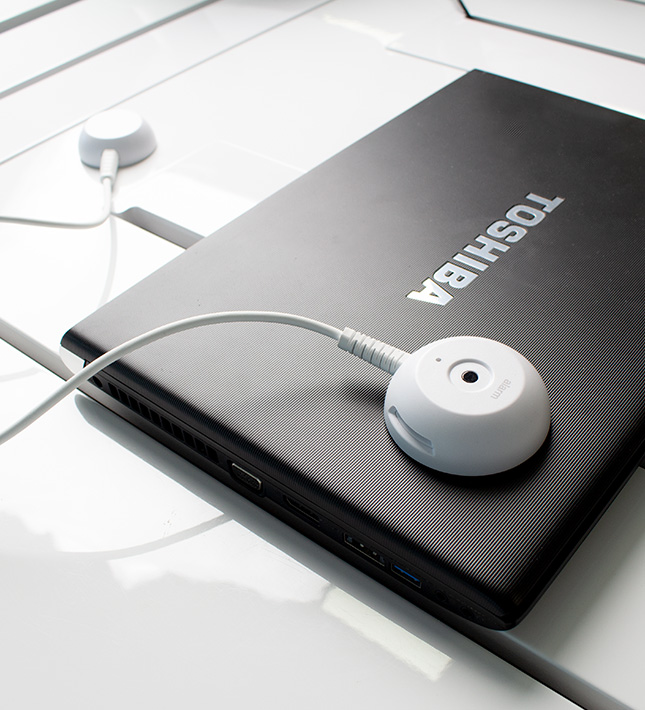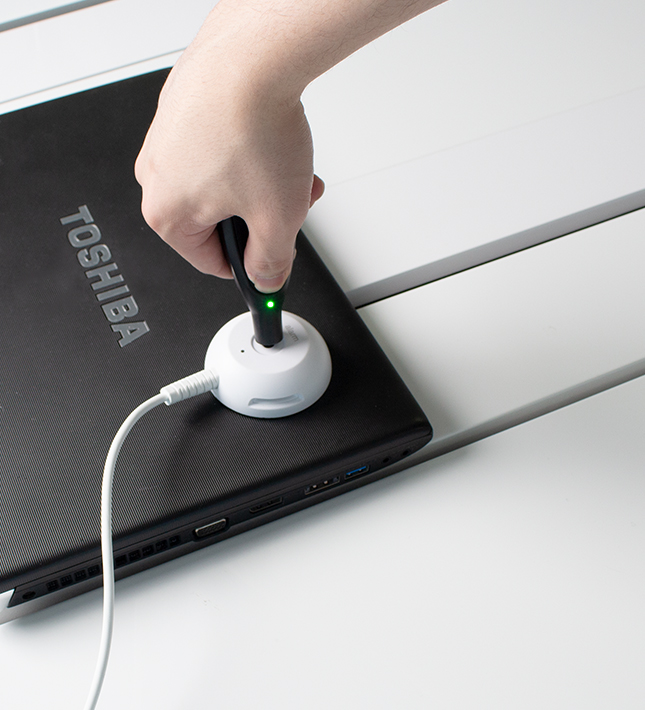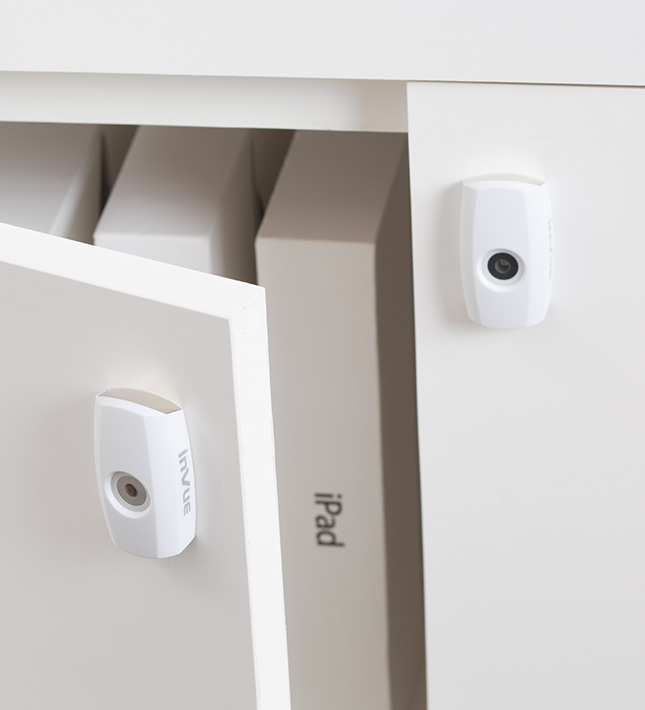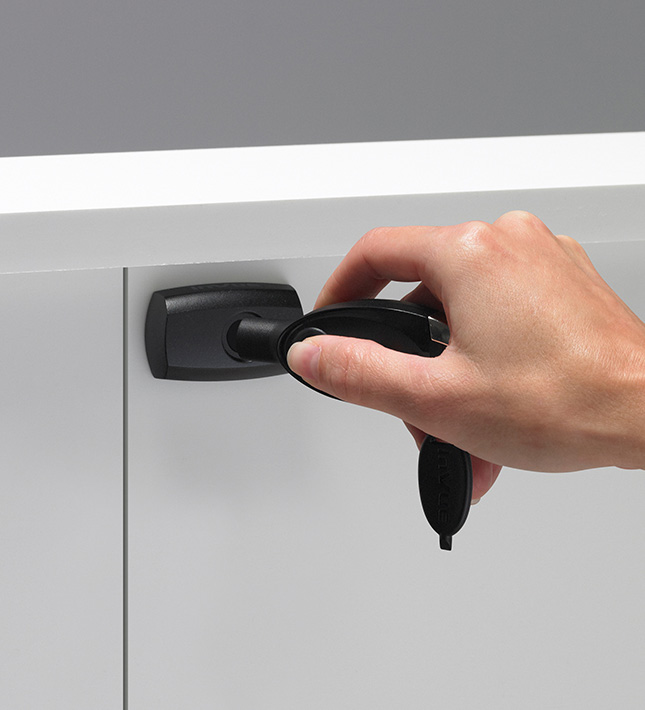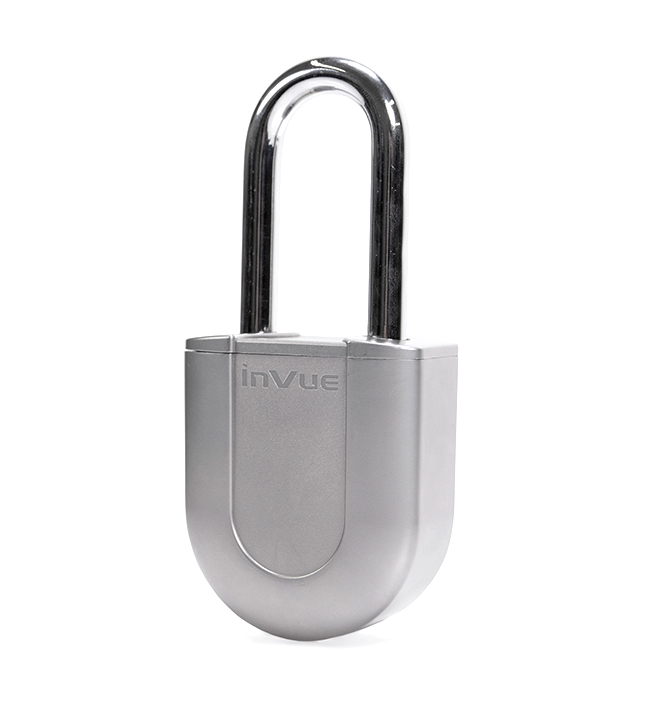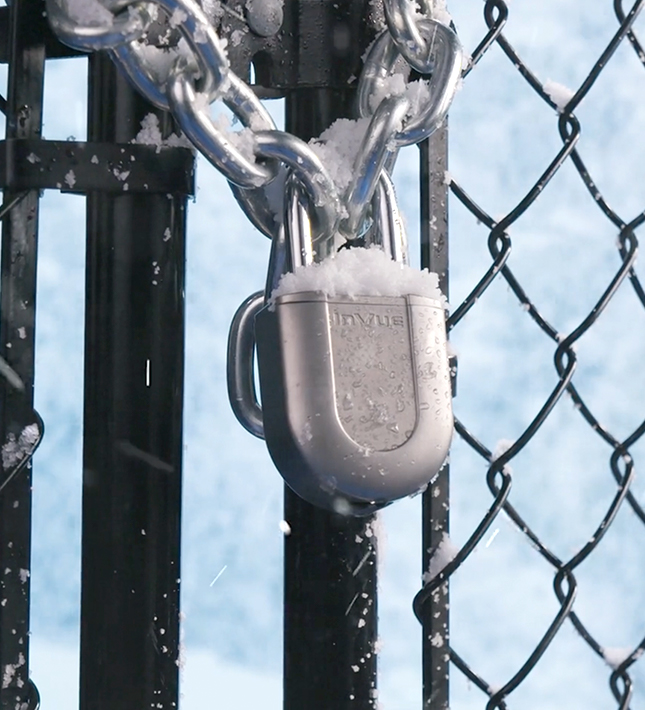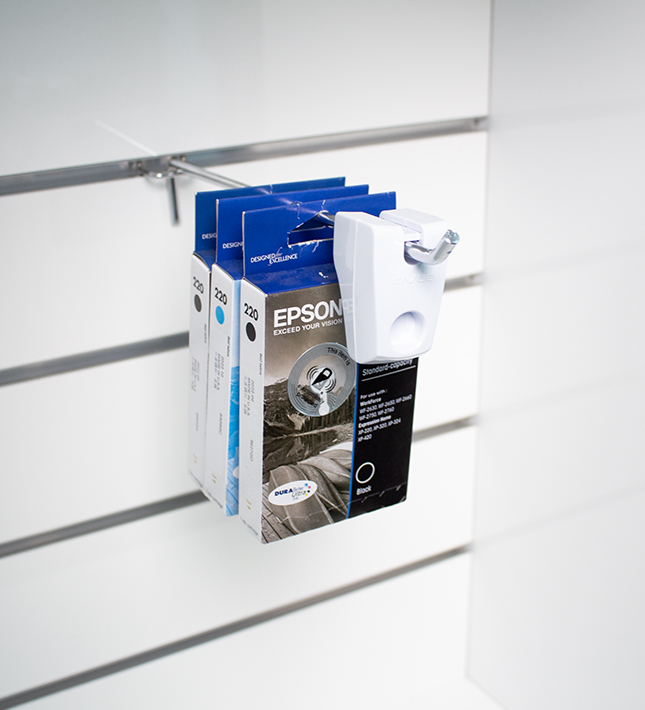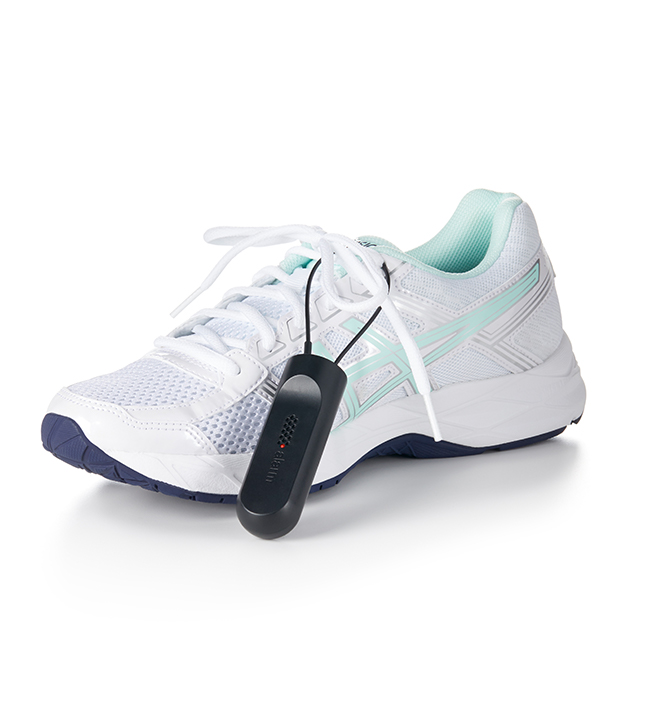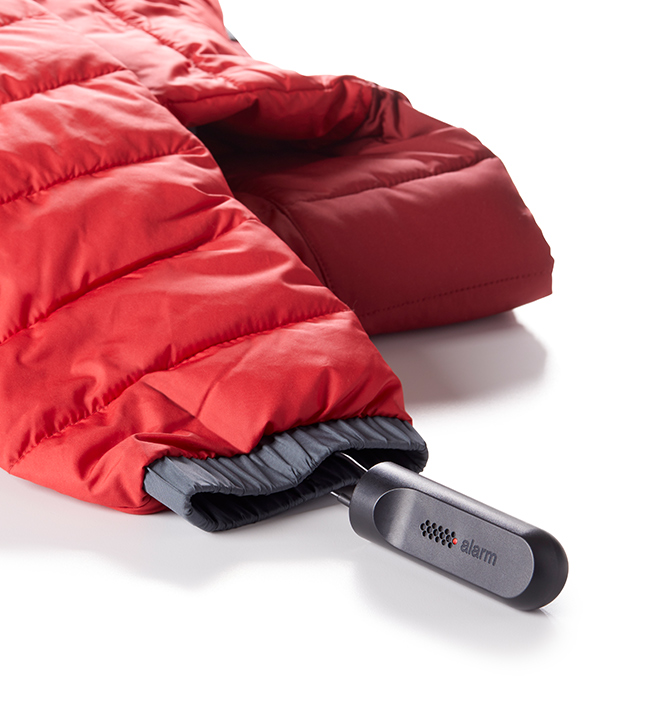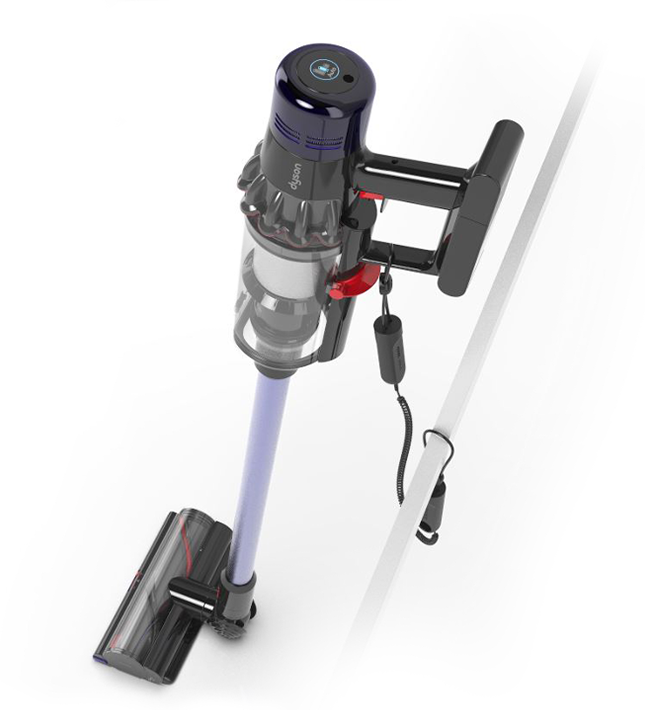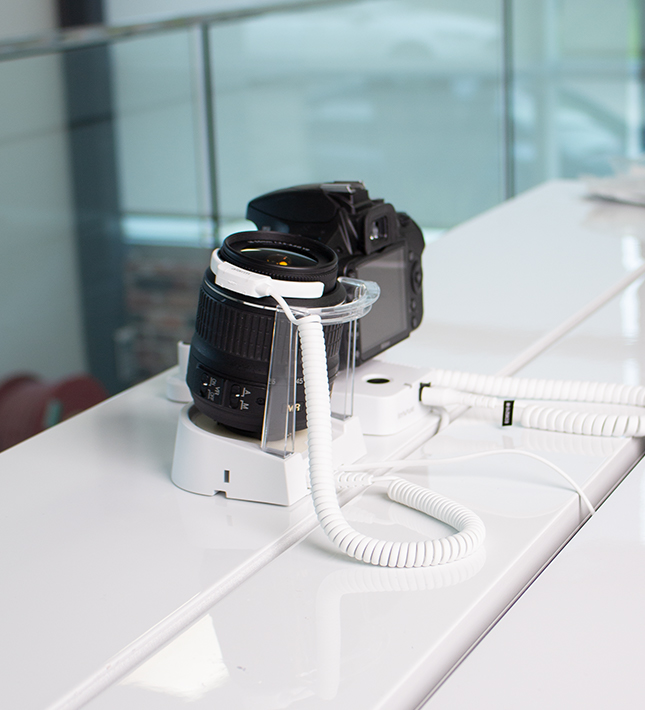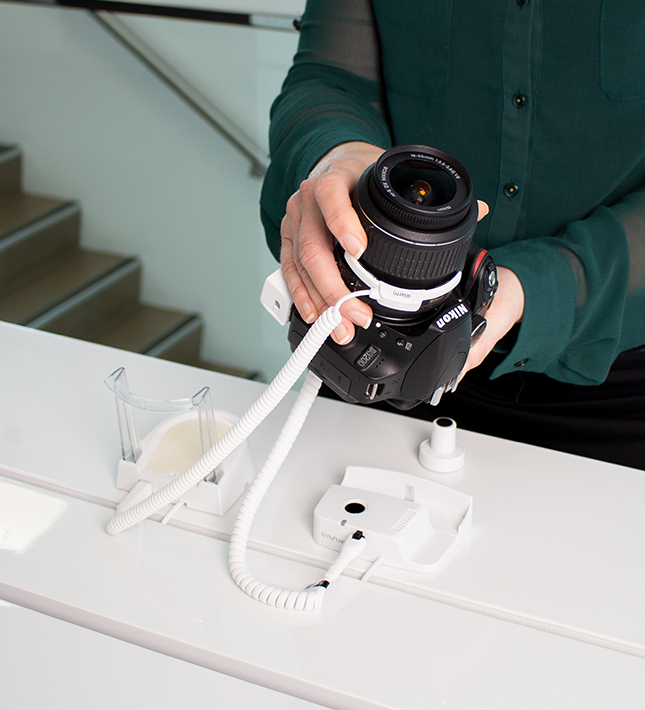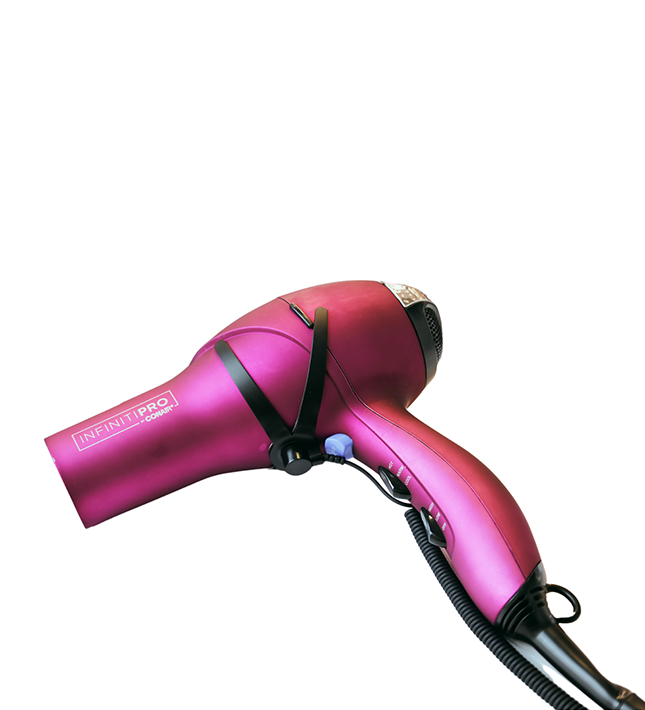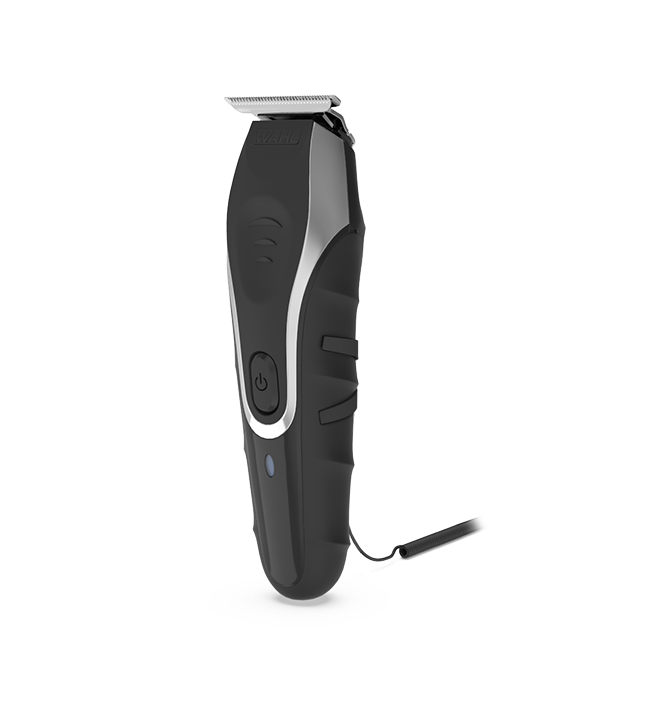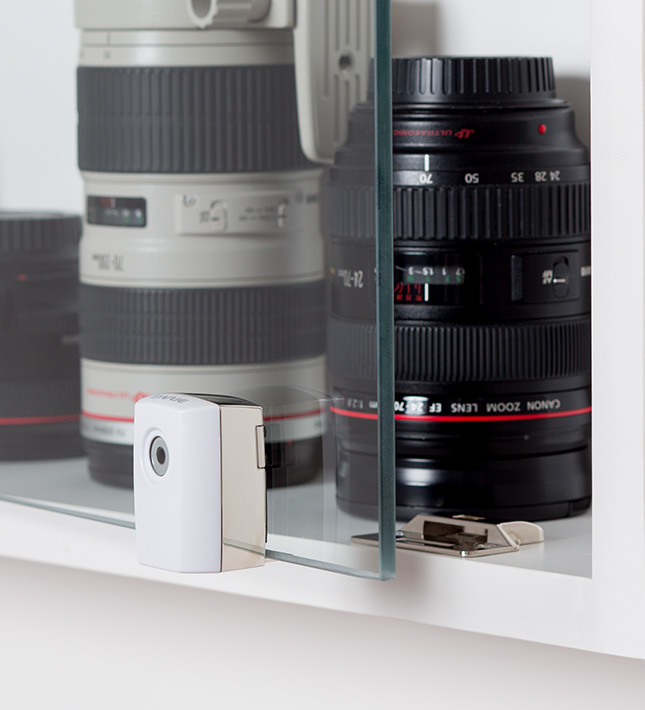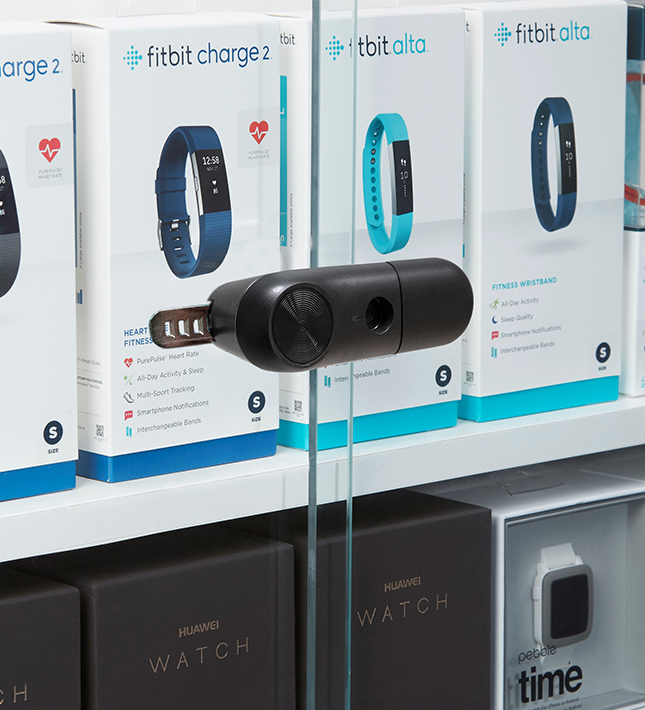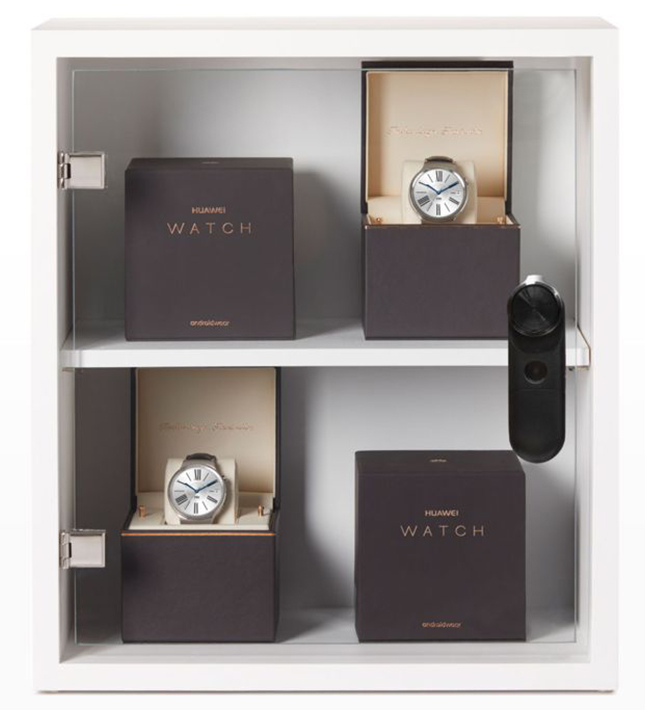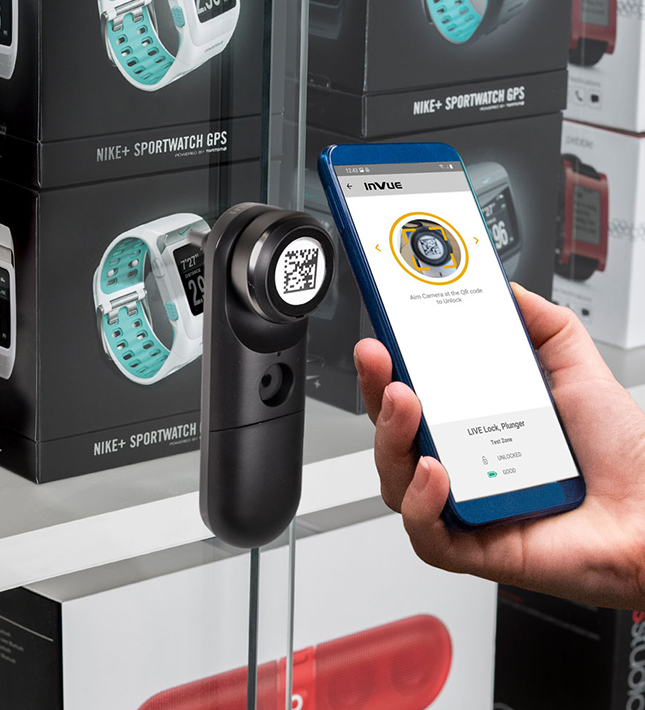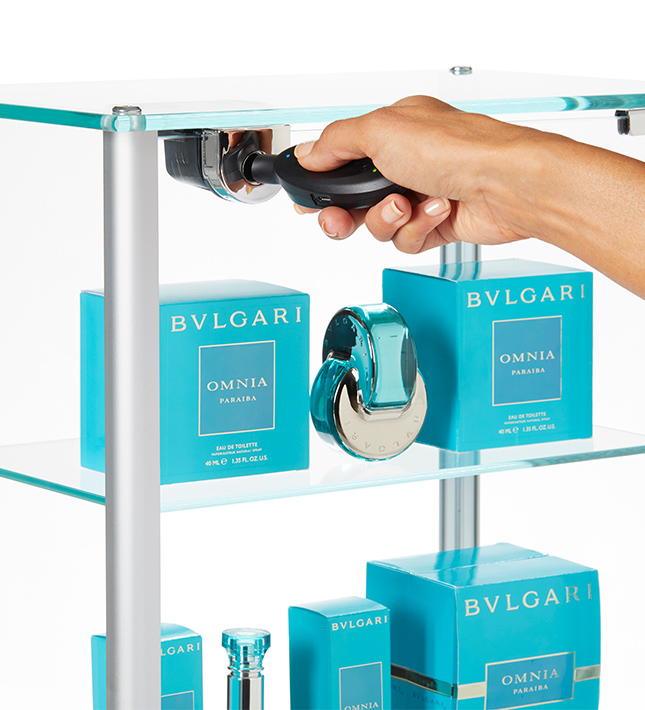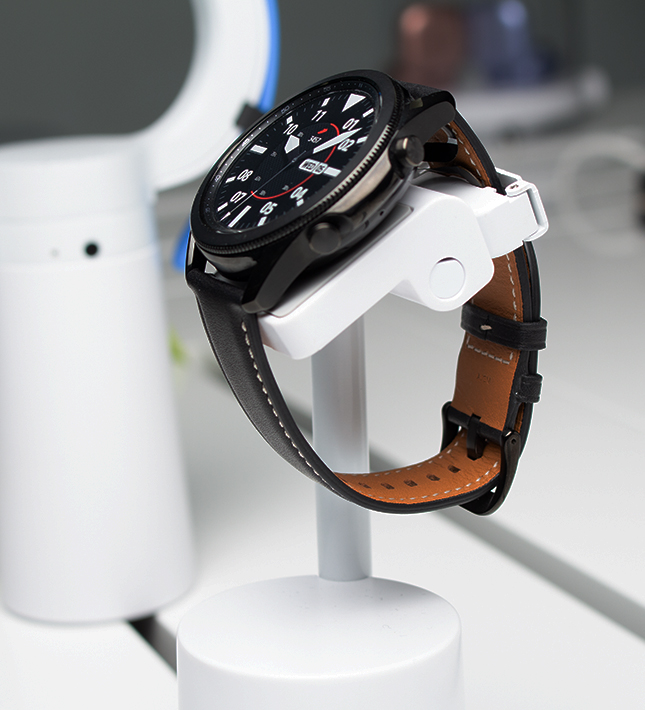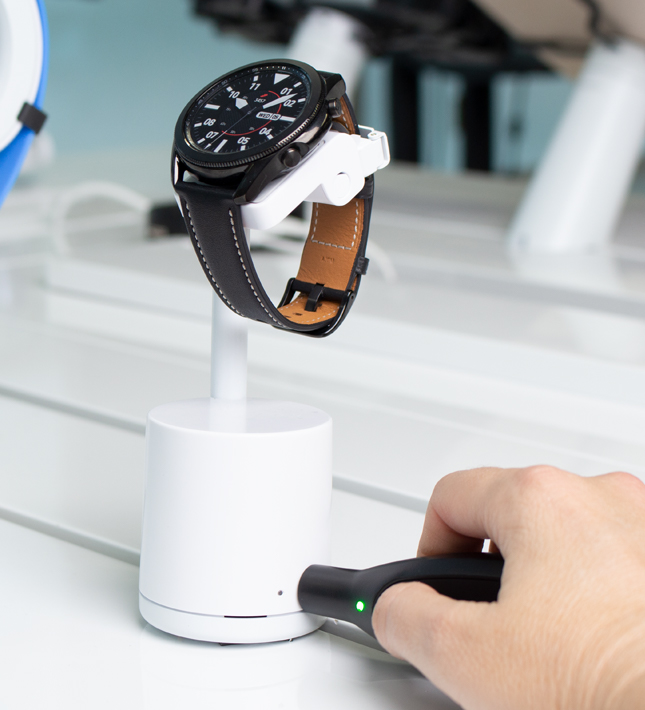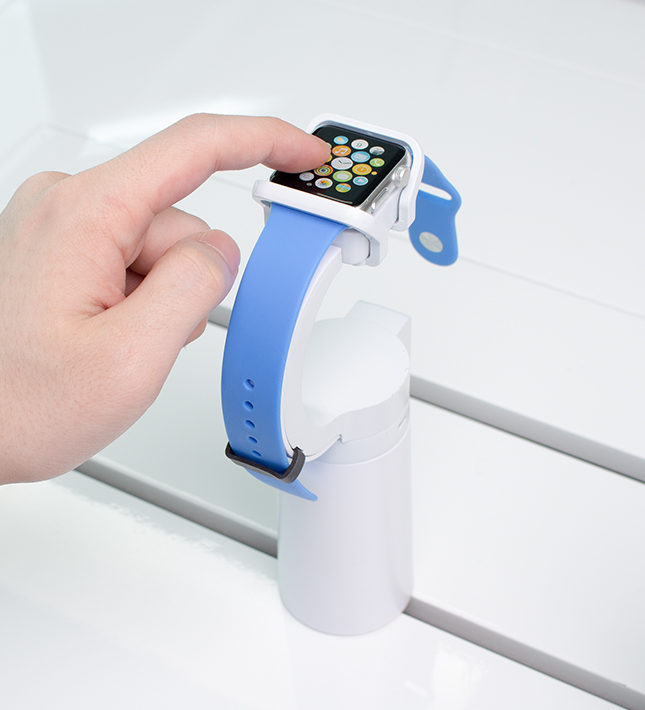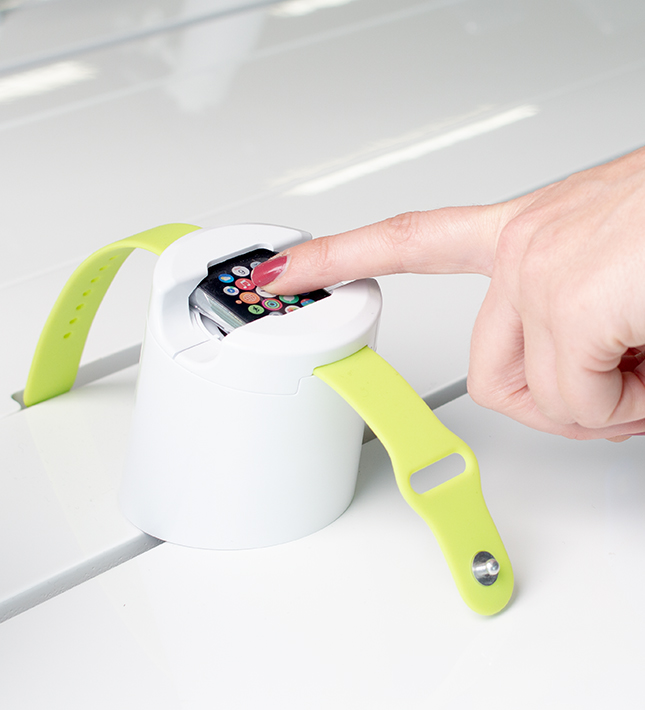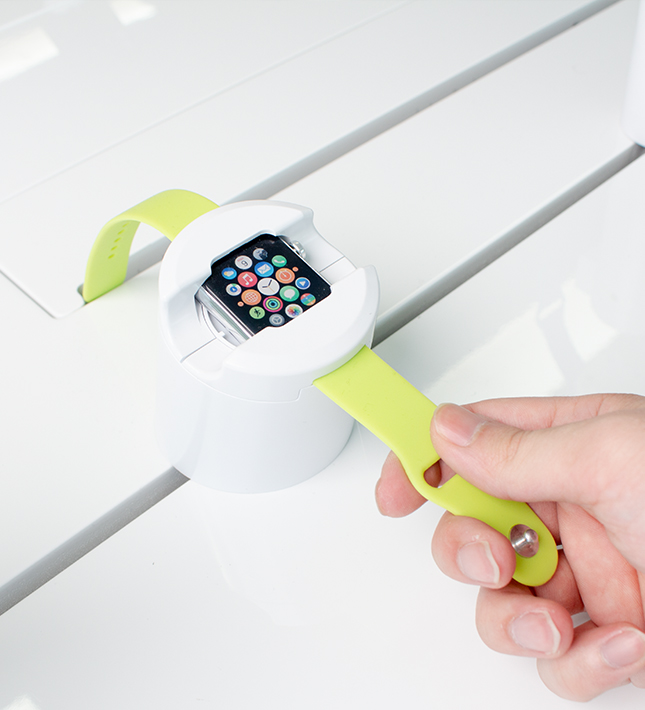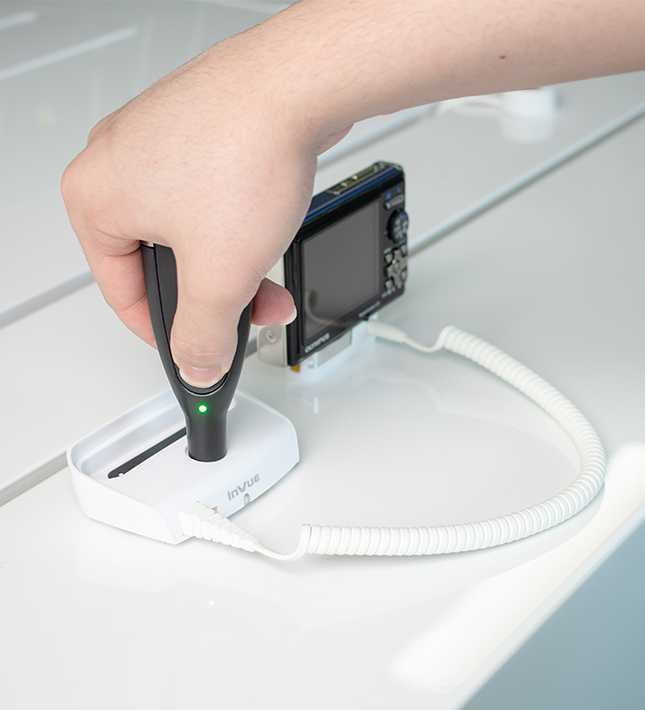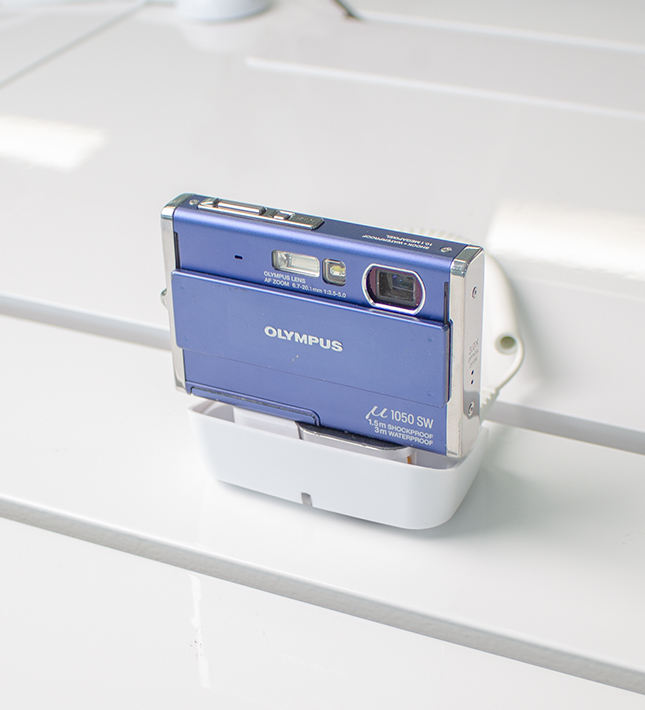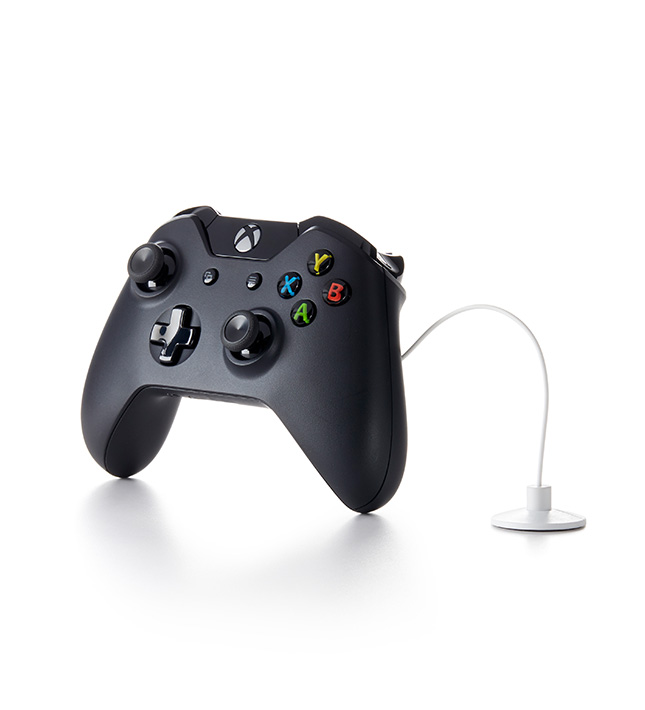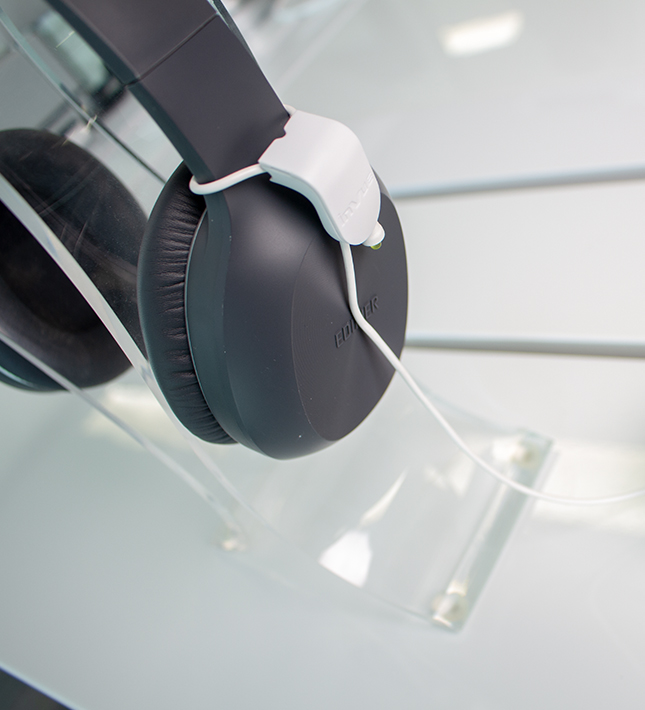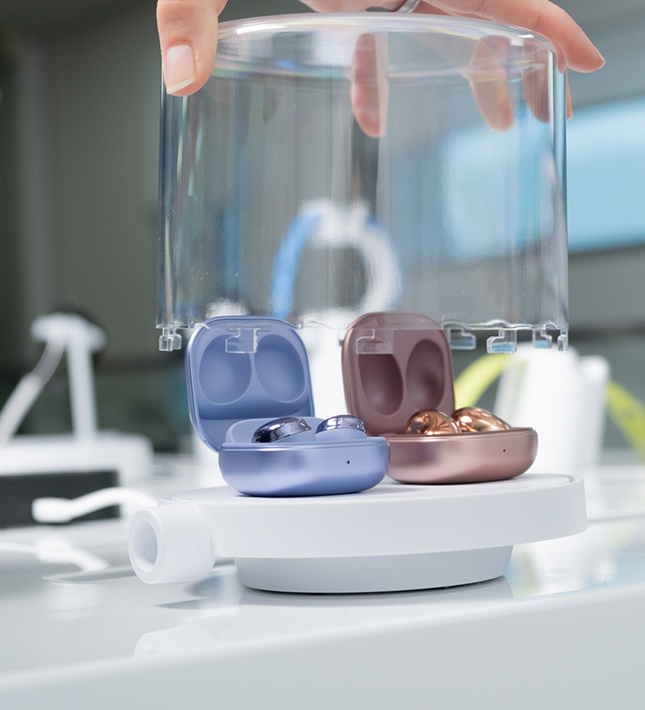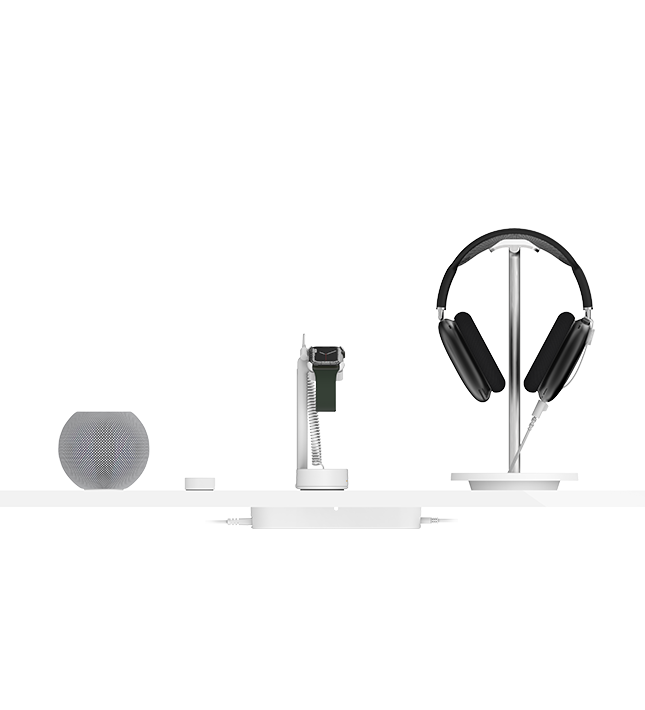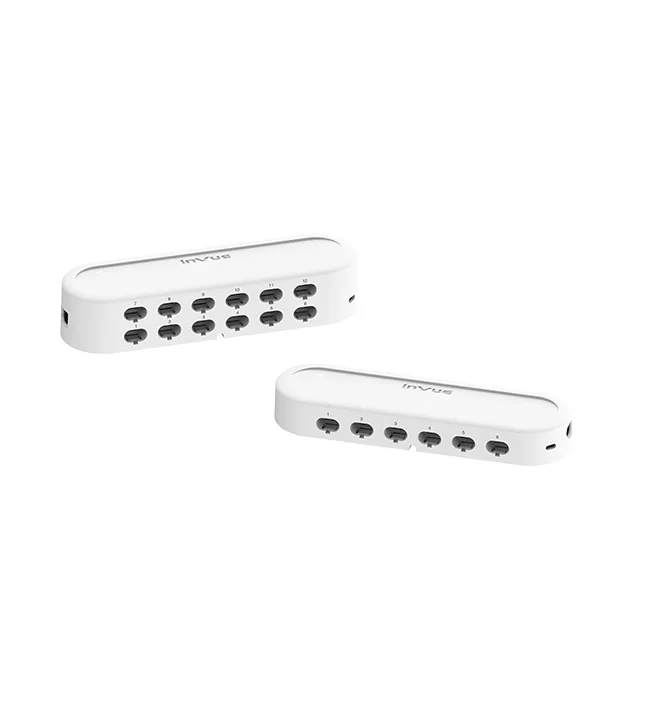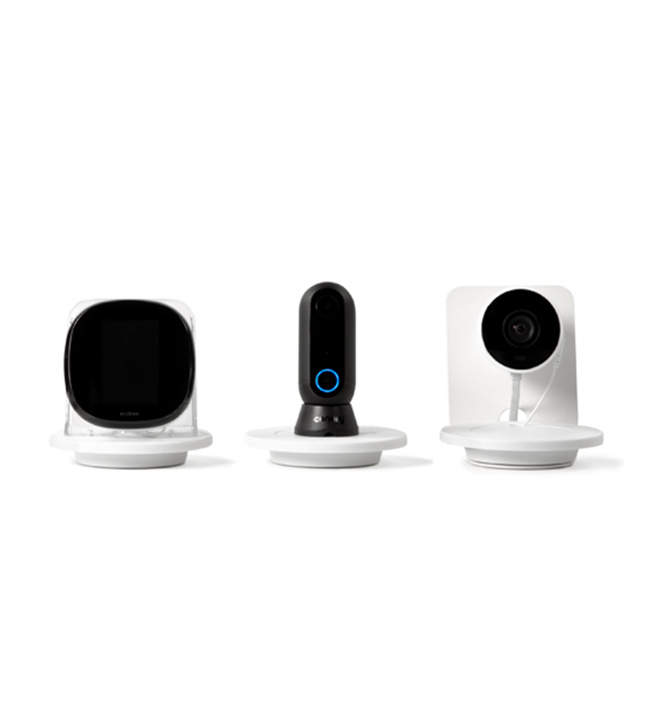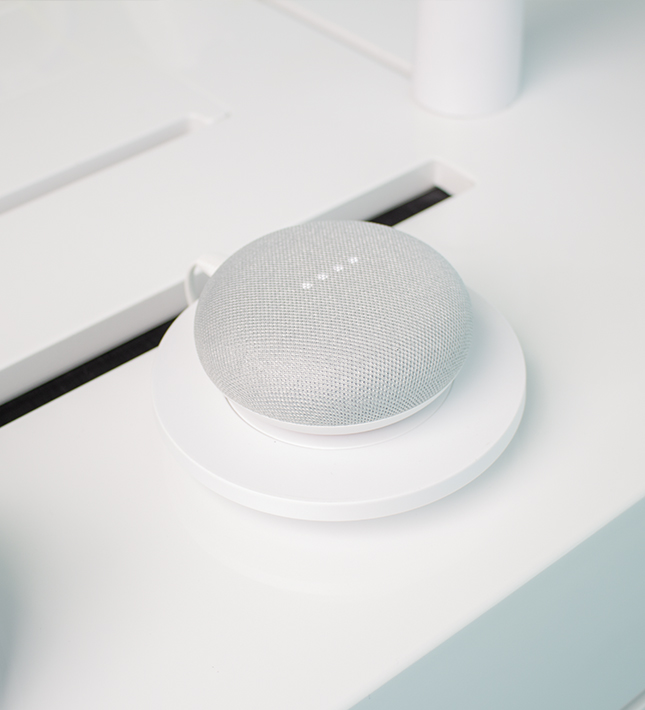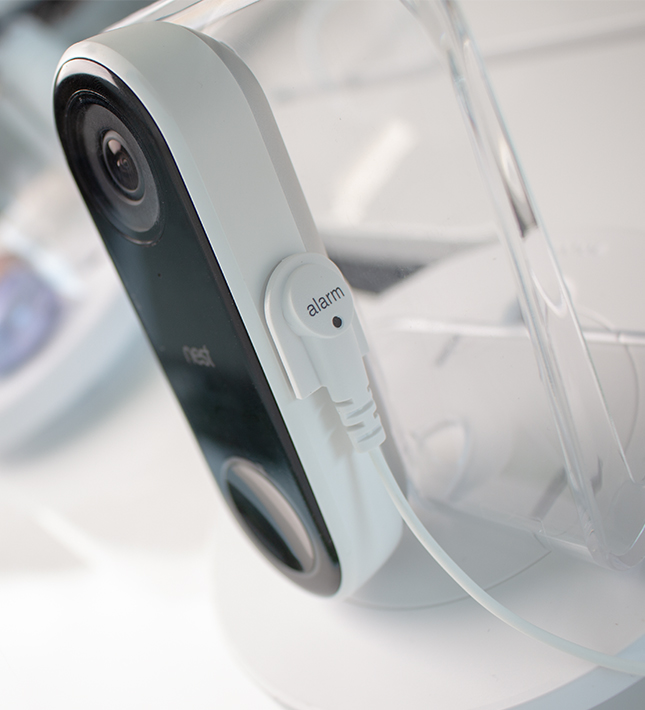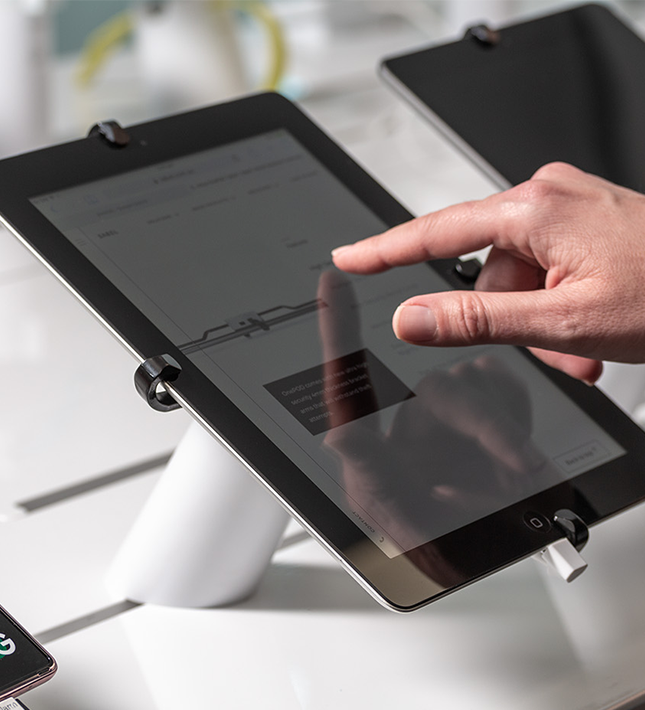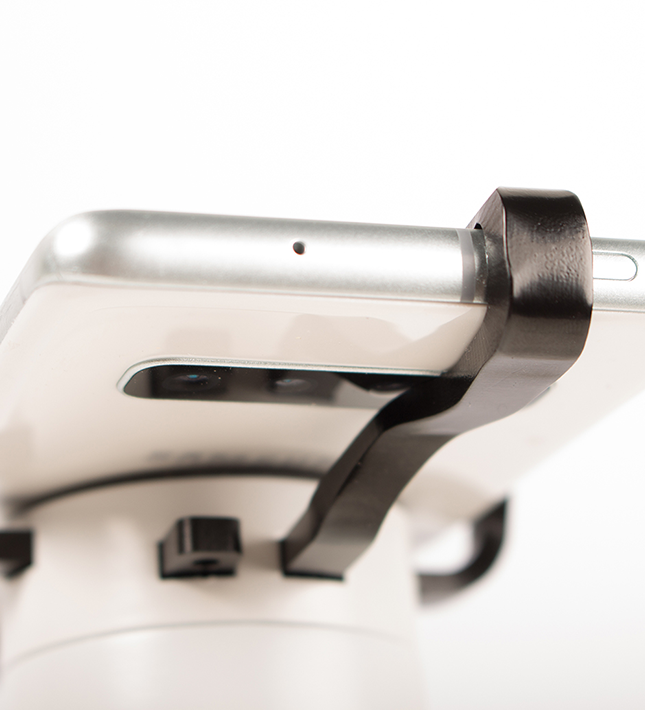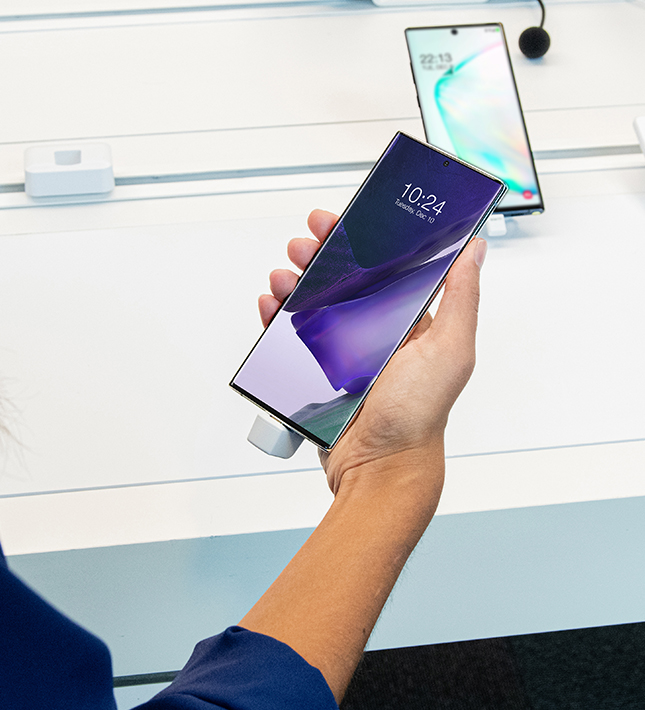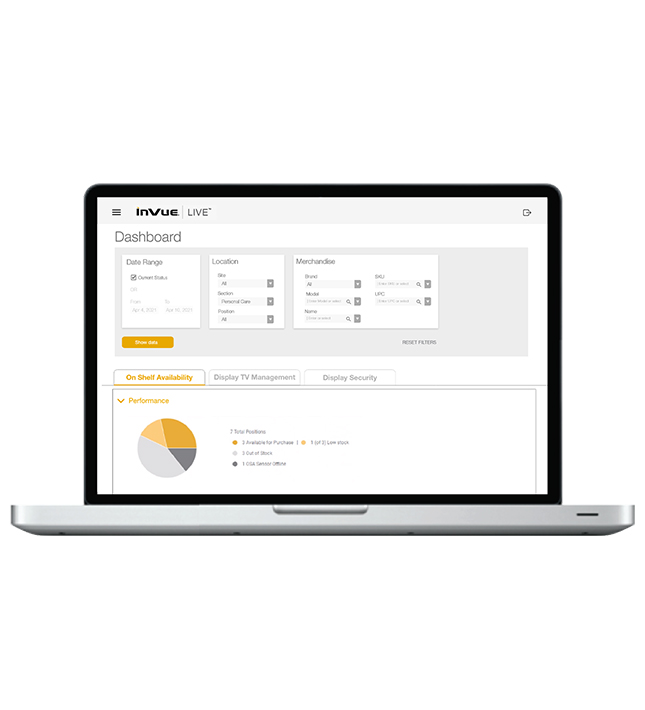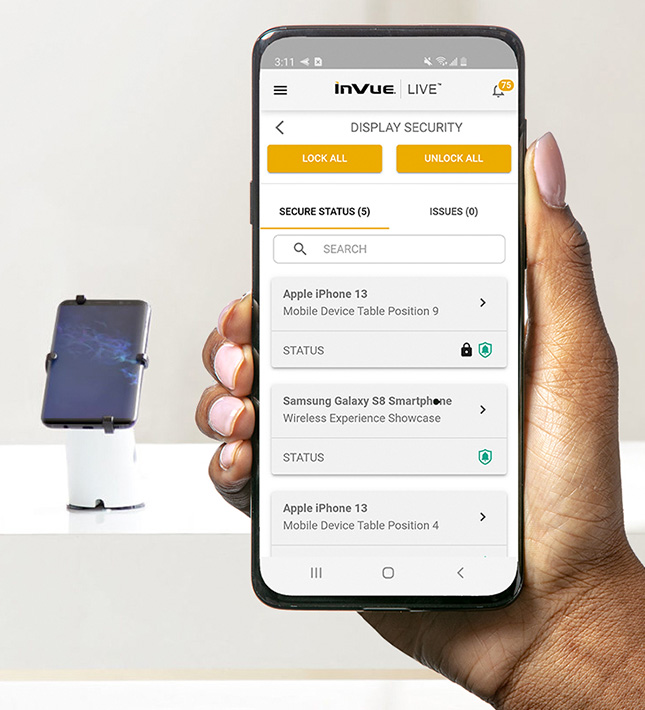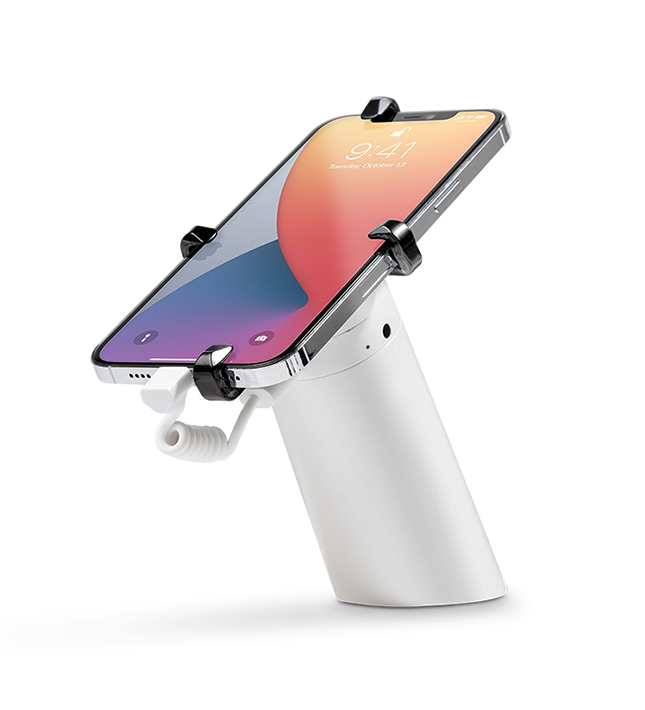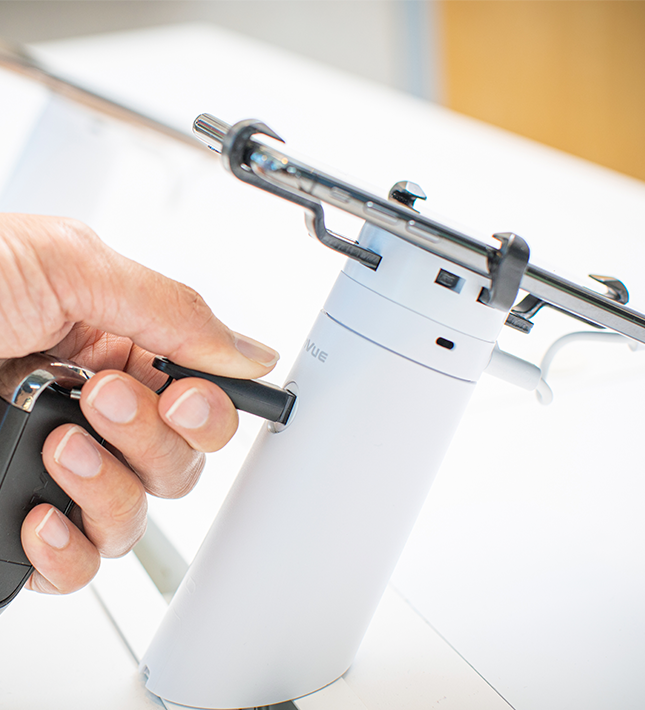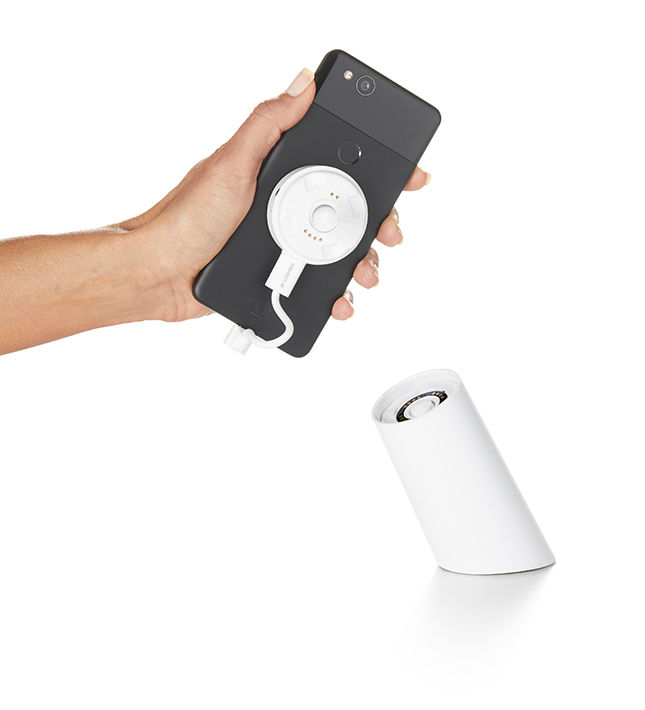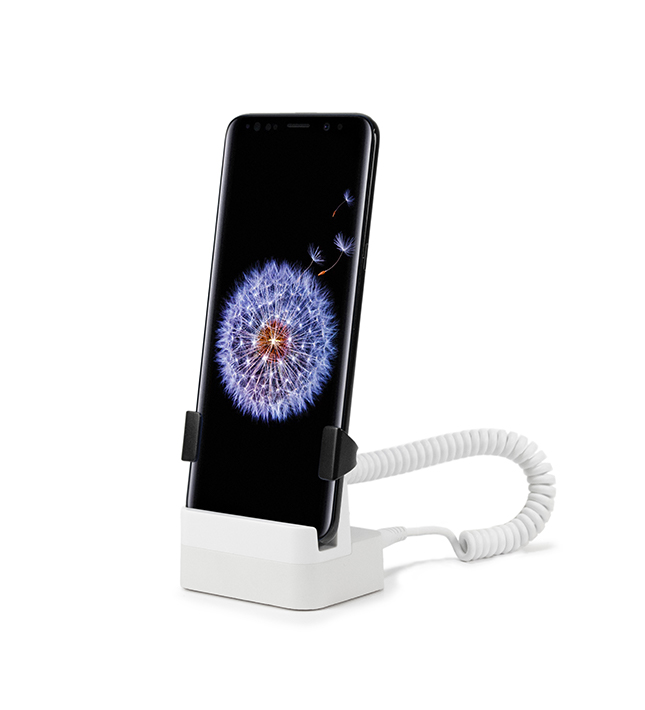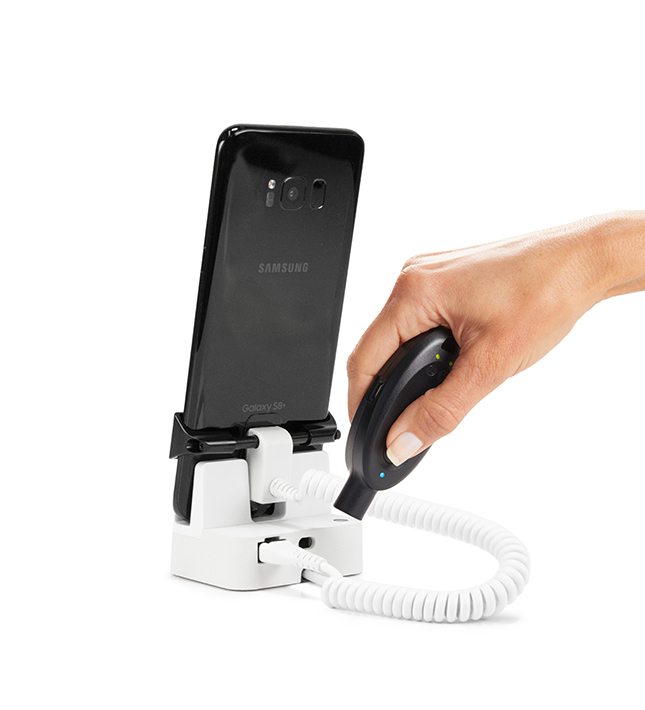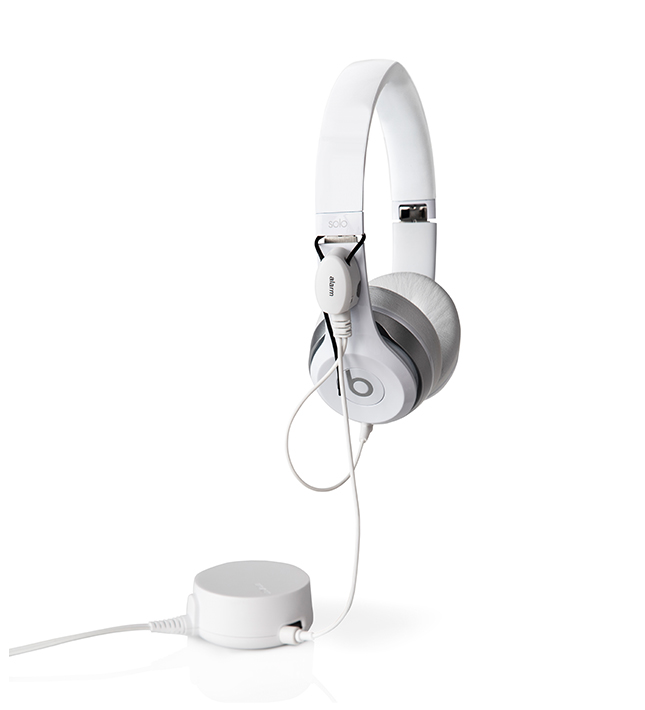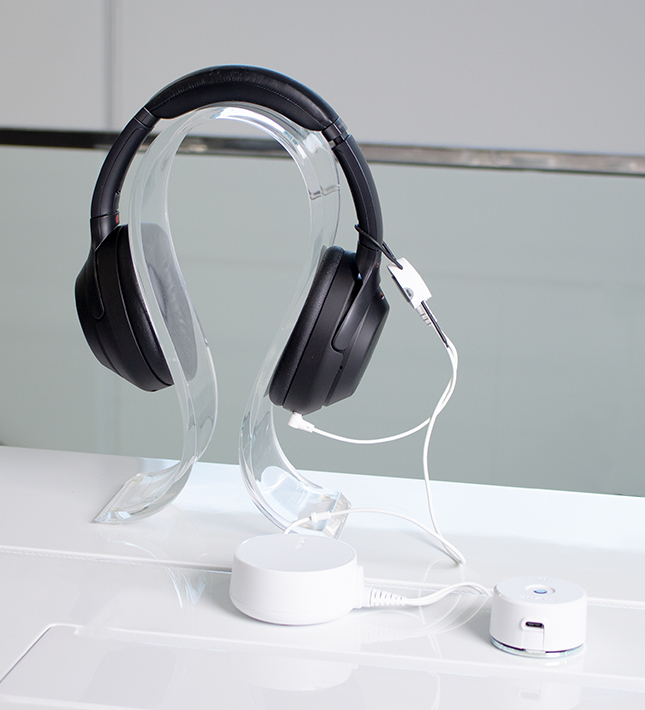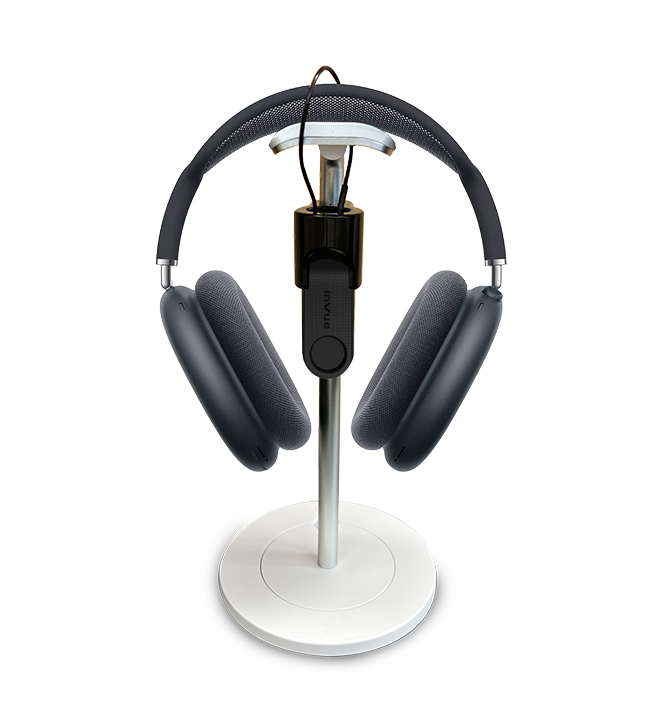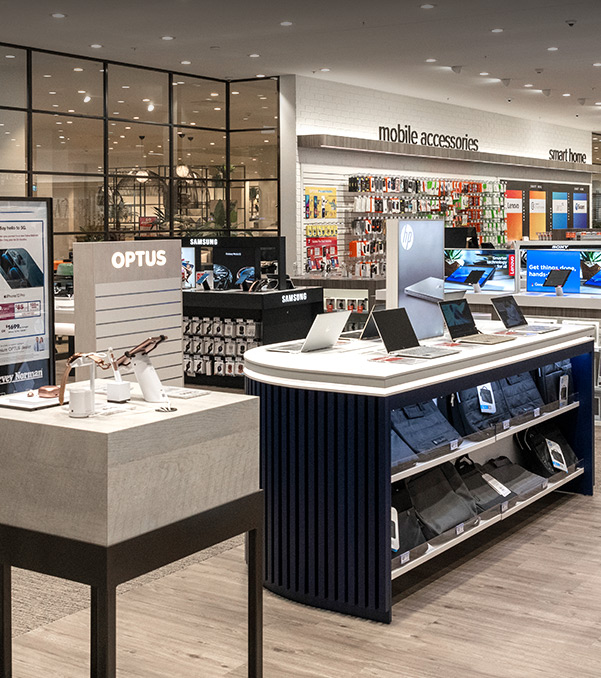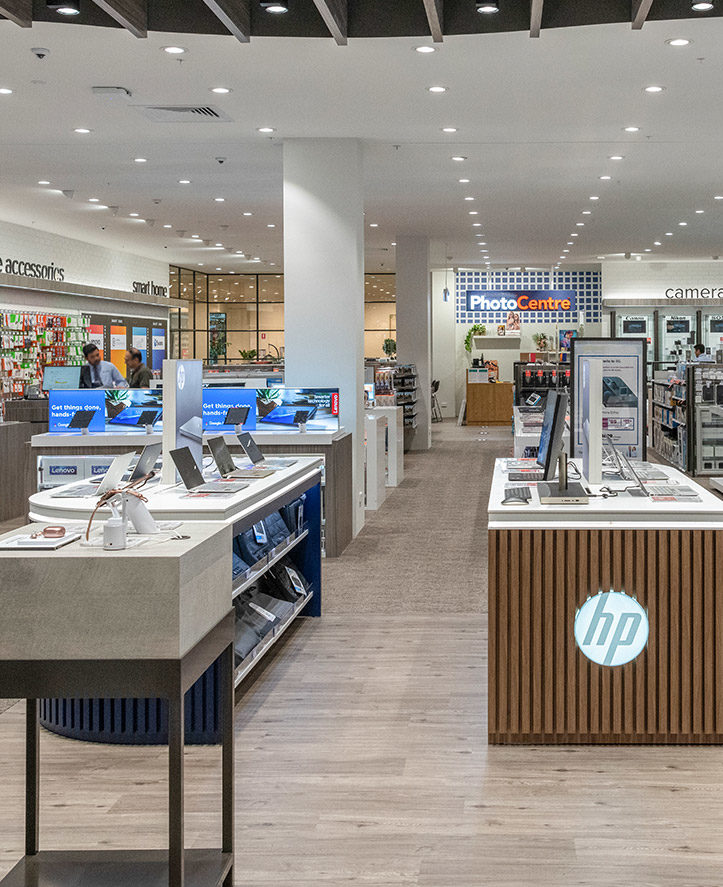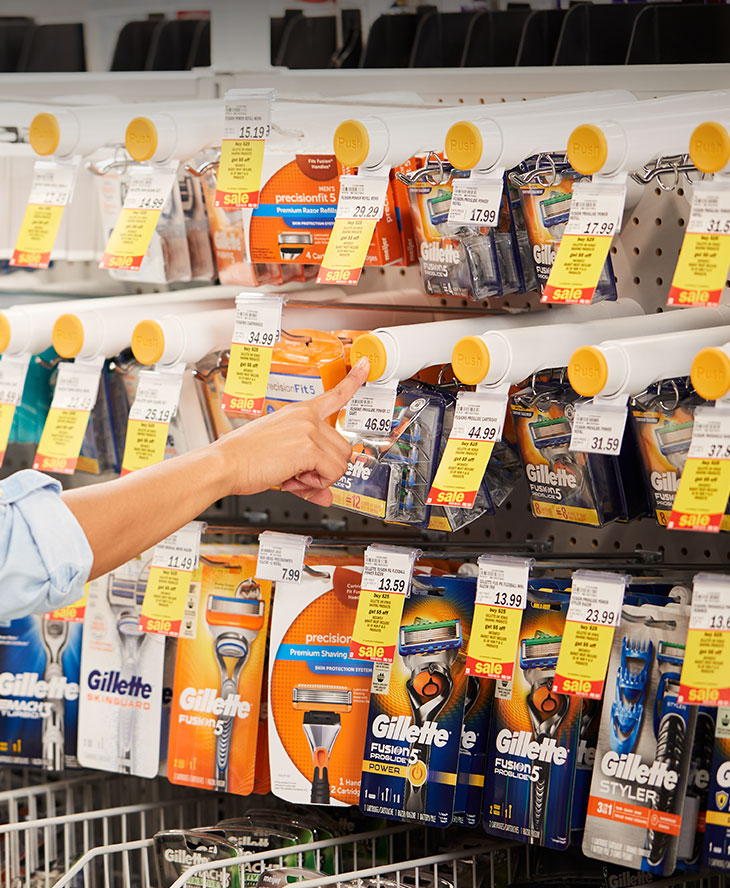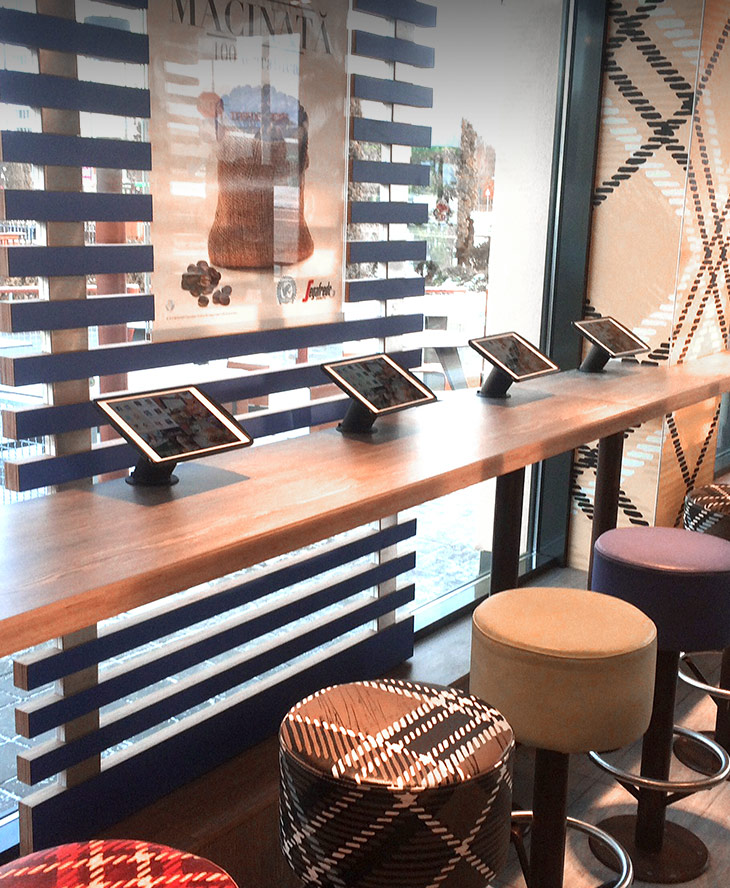Experiential retail
As the name suggests, experiential retail has a laser-like focus on the experience the customer will enjoy in-store.
Unlike traditional retail, experiential retail is not just about presenting products and hoping the customer will buy.
Instead, it offers an immersive, unique and memorable encounter with a brand that not only translates into sales, but also to loyalty and shareable moments.
Lightspeed recently took the time to define experiential retail, and found it:
• Creates an immersive and shareable experience
• Prioritises customer engagement—not sales
• Stimulates your customers’ senses
• Defies customer expectations
• Leverages in-store events and services
• The store experience addresses consumer needs
Why experiential retail matters

Long before COVID-19, experiential retail was a trend making waves. But as retail looks to rebound from one of the toughest years in memory, the point of difference experiential retail offers matters more than ever.
And there are a host of reasons for this. In 2020, customers learned the value of convenience. They shopped online more than ever before, embracing services like click and collect, online ordering, and home delivery.
With increased concerns about germs, customers also became more reticent to step into crowded environments, which saw mall and store foot traffic reduce in many regions.
The key takeaway from this is that customers now need a reason to step into the retail environment, and that’s exactly what experiential retail provides.
In the meantime, the immersive, shareable nature of experiential retail means can also be a catalyst for greater sales online.
How retailers are offering experiential retail
A number of big-name retailers are looking to establish a point of difference through experiential retail, and a few immediate examples spring to mind.
Rebel Concept Store

Image credits: Icon.
At the height of the COVID-19 pandemic last year, Rebel opened their concept store in Parramatta NSW.
Featuring immersive experiences like virtual games, advice from athletes on the right running shoes, and even the ability to shoot hoops in-store, the outlet was designed as a true experiential offering.
At the time, Rebel explained that in the wake of COVID and the push to digital over recent years, retailers needed “to offer an experience in-store that consumers can’t get at home while browsing the web”.
“The passion and expertise from the team on the floor, the range and presentation of products, together with technology like QR codes … you need to provide a real reason for people to visit,” he said.
“That’s why we’ve introduced interactive games, a soccer room and a basketball court where you can try the latest LeBron James shoes and have fun with friends. It brings life to the store.”
KitKat Chocolatery – Sydney and Melbourne
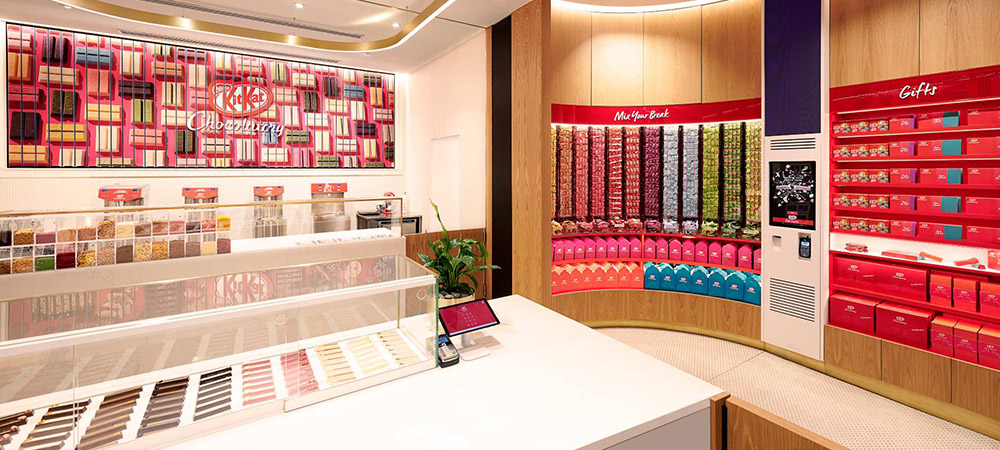
Image credits: ConcretePlayground.
After establishing the first KitKat Chocolatery outside of Japan in 2016, Nestle doubled down on their real-world retail efforts in 2020 to deliver a retail experience that consistently delights customers.
Beautifully designed, the store draws customers in with its ‘Create your Break’ concept, that allows visitors to design their own KitKat based on up to 30,000 possible flavour combinations, then watch as it’s made.
The experience is so popular, the retailer’s website now advises there can be up to a 90-minute wait on the KitKat creation, but in the interim customers can dine in-store using the sushi style dessert-train.
You can learn more about trends shaping retail here.







